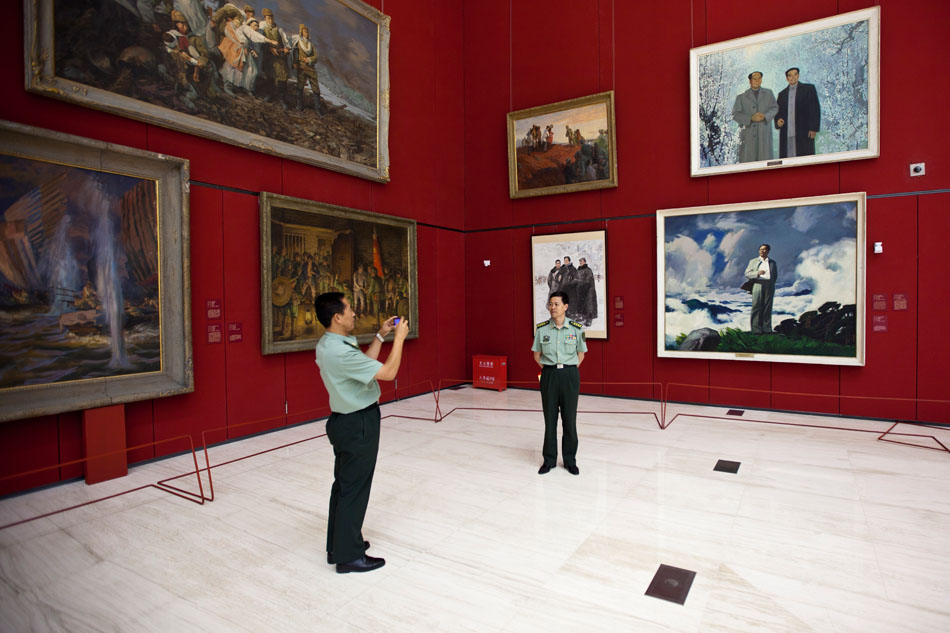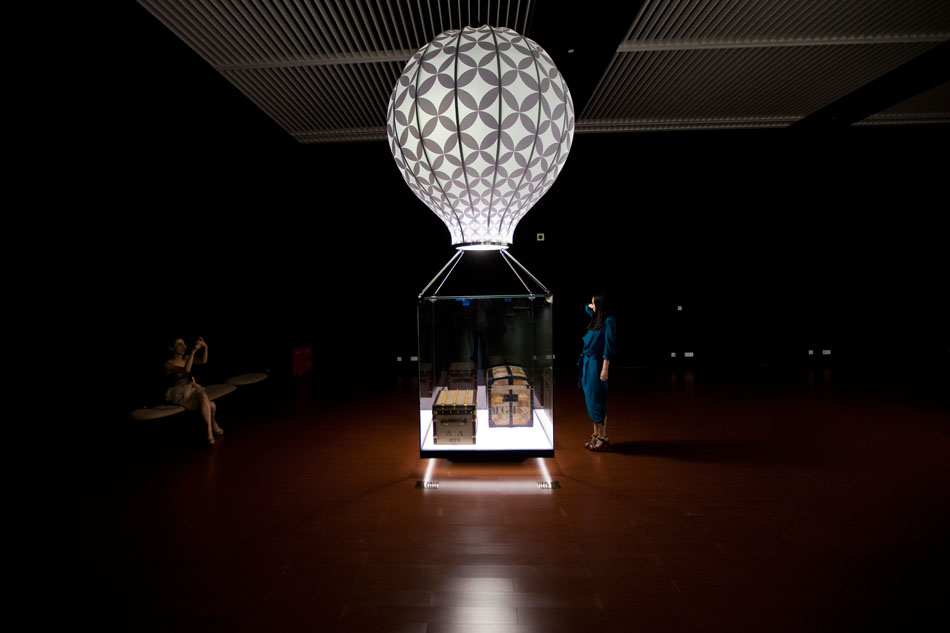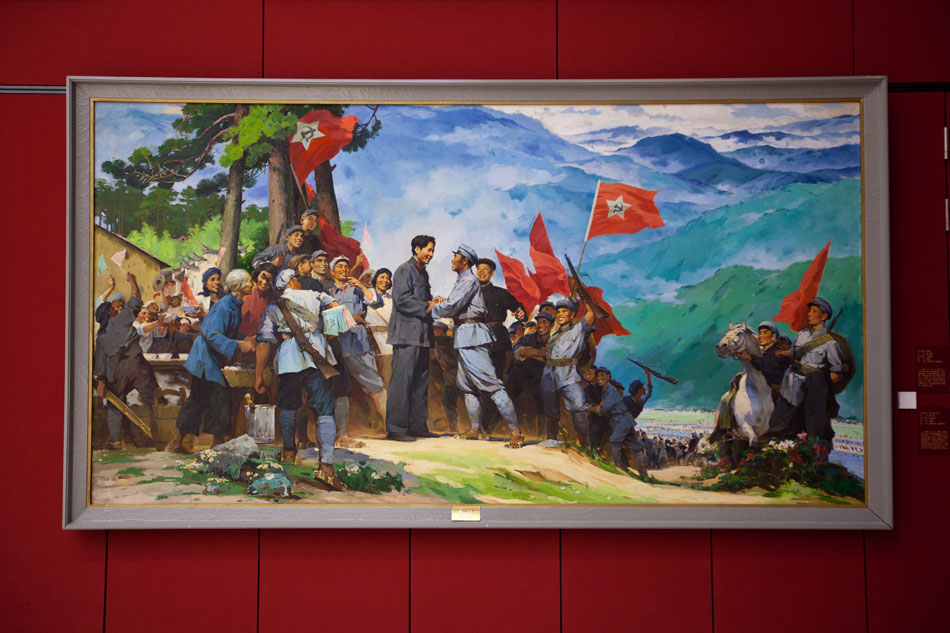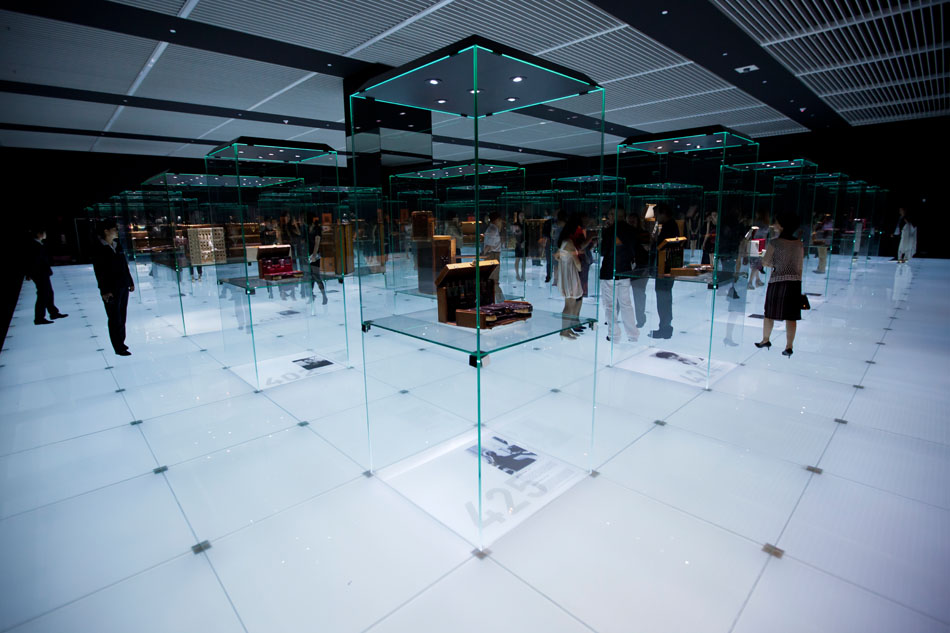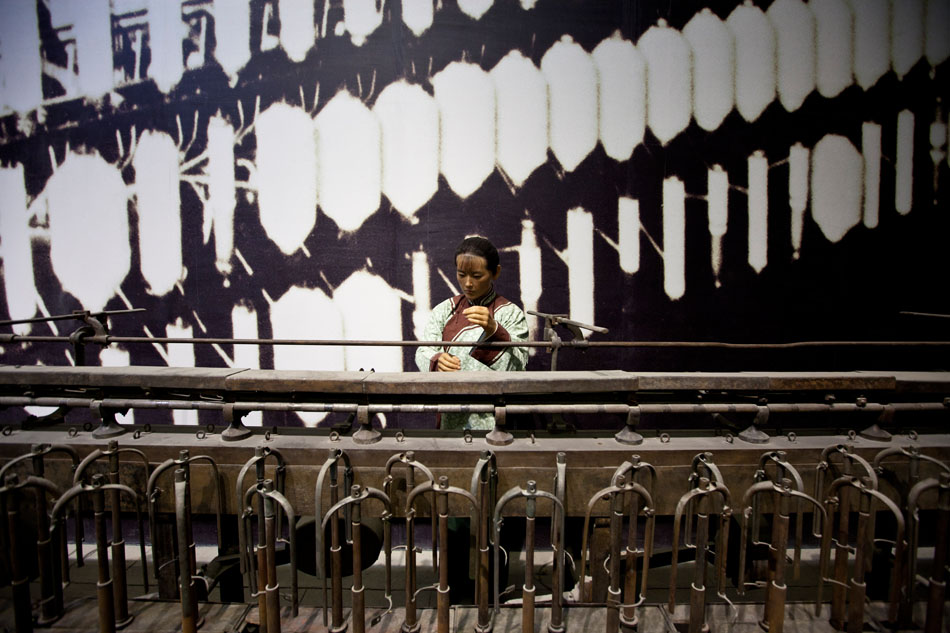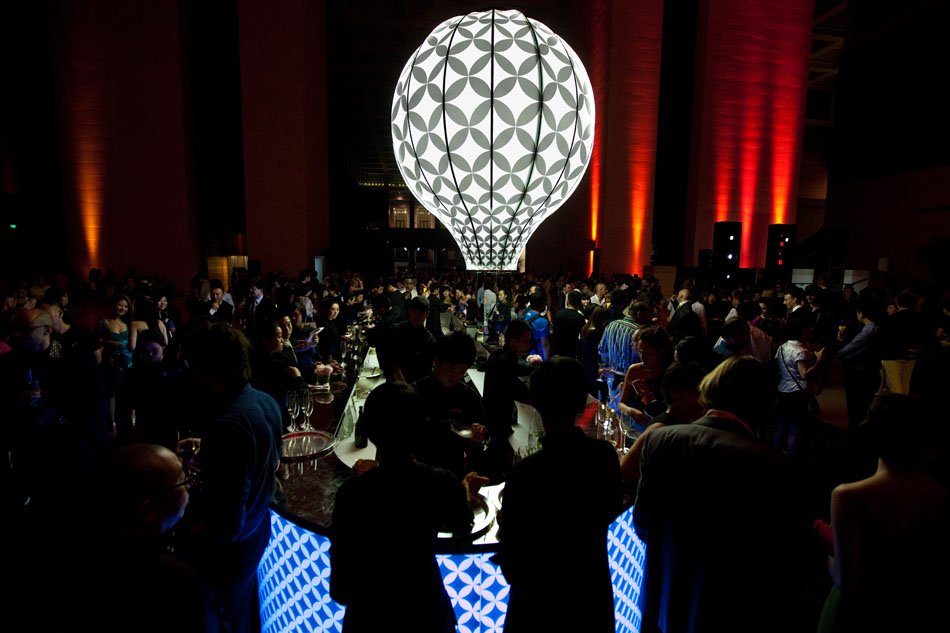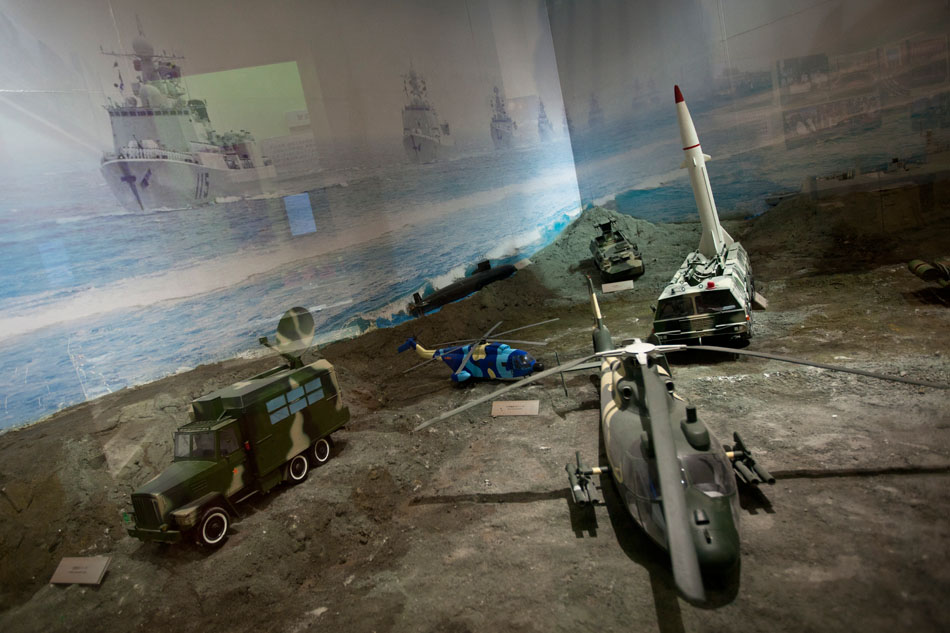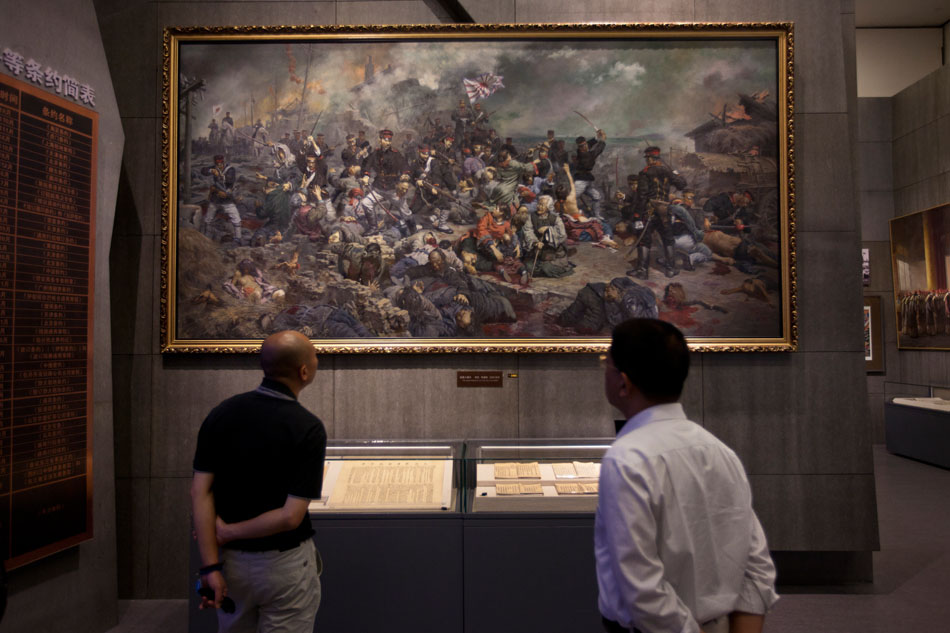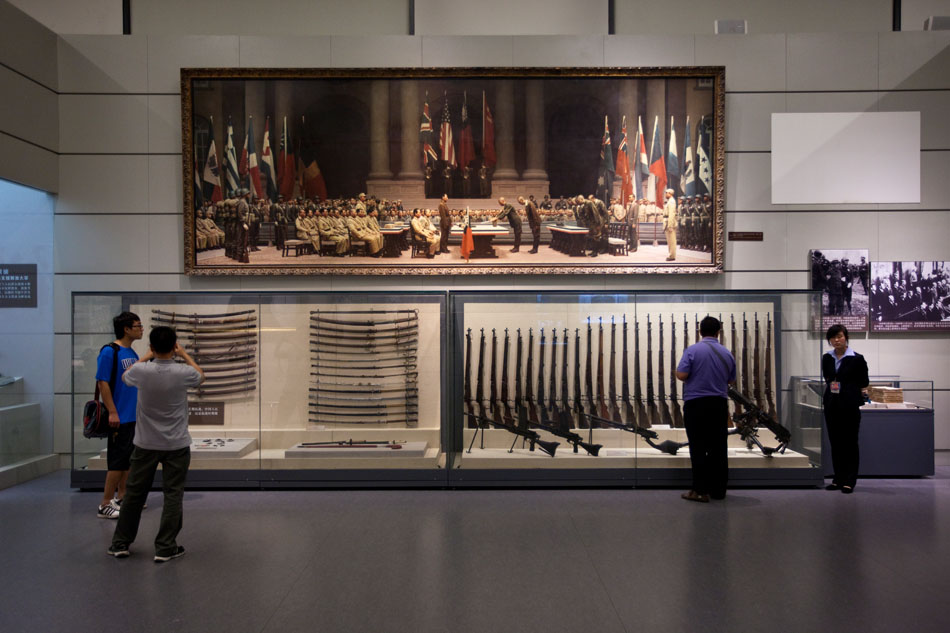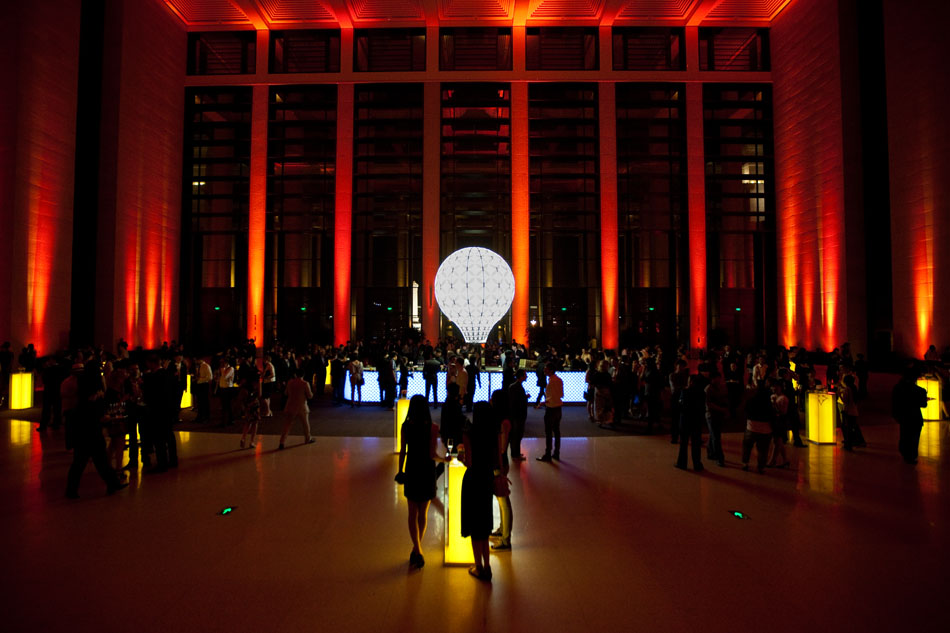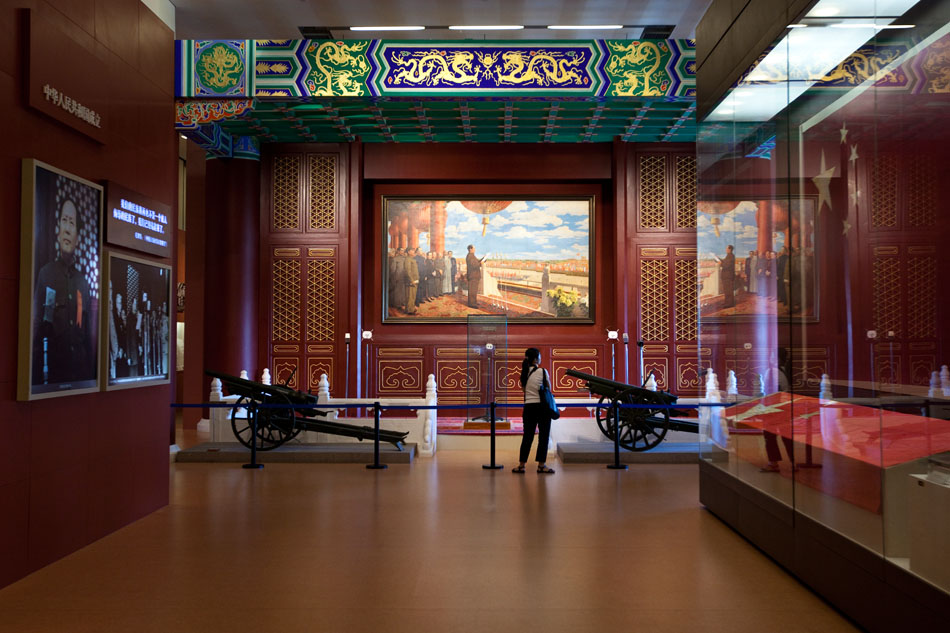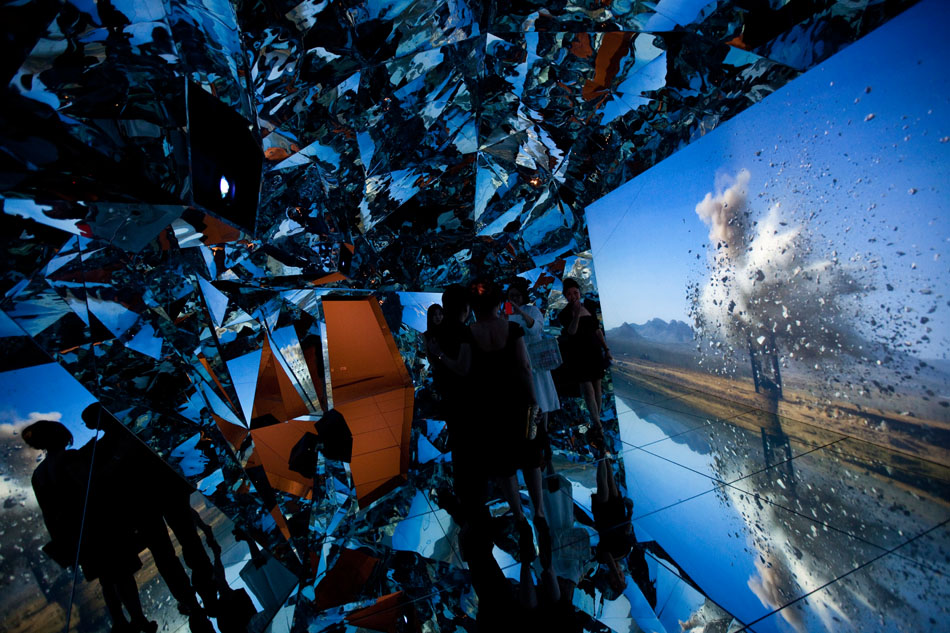Apr 8, 2014 | Clippings, Portraits, Society, Sports, Youth
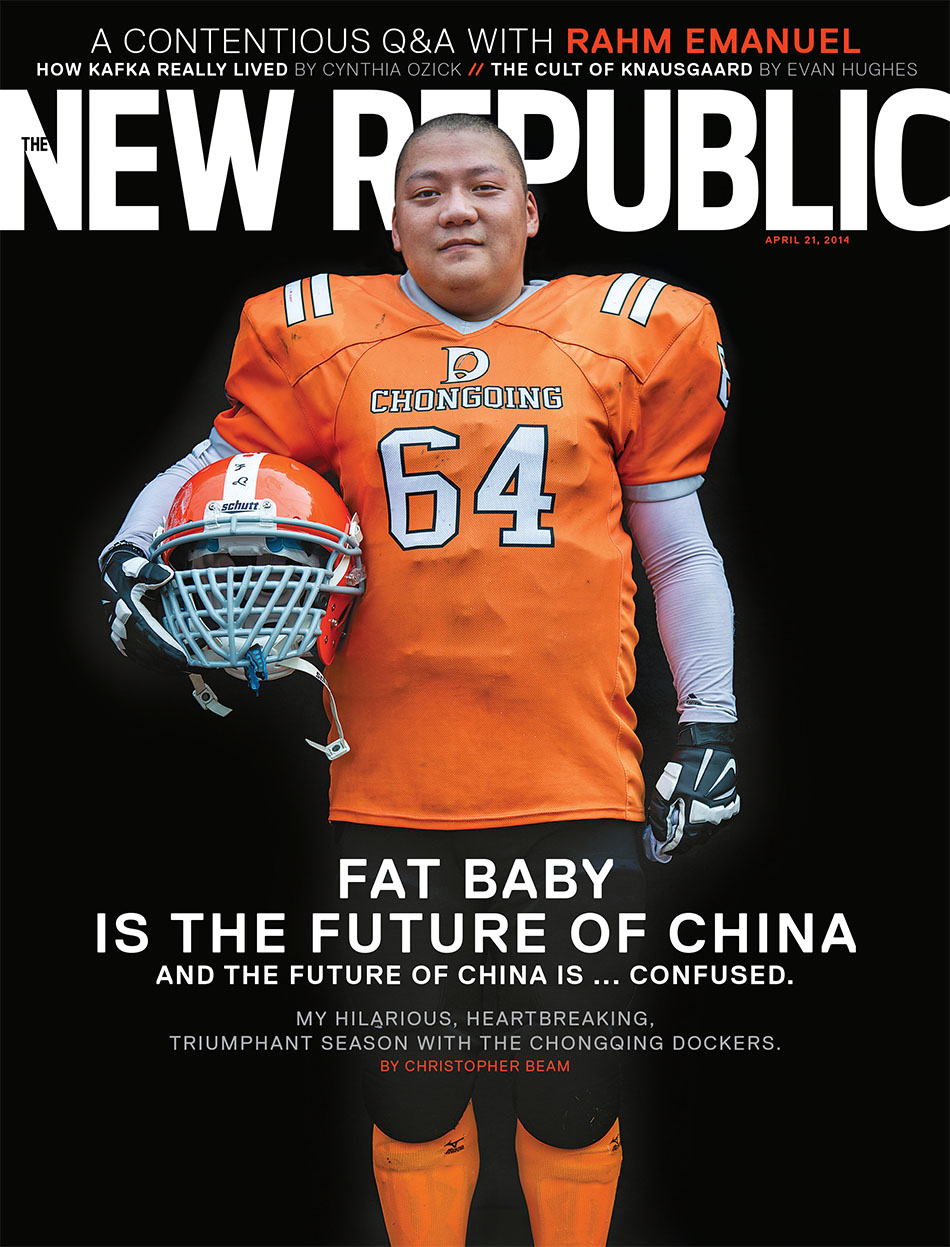
I am very excited to announce that my portrait of Fat Baby is currently gracing the cover of The New Republic. Last fall I traveled down to Chongqing to photograph what would become the turning point in the season for the Dockers, the city’s first American football team. Fat Baby was one of the many characters involved in the ups and downs of this amazing venture. I usually provide a short summary of the articles I shoot, but this one needs to be read in its entirety. Chris Beam does an amazing job capturing the absurdities and struggles of this band of warriors. It’s an excellent look into some of the mutating facets of contemporary Chinese culture. It’s so good, in fact, that Sony Pictures bought the movie rights to the story. Maybe you will see Fat Baby on the big screen one day. Definitely a sports star for the ages.
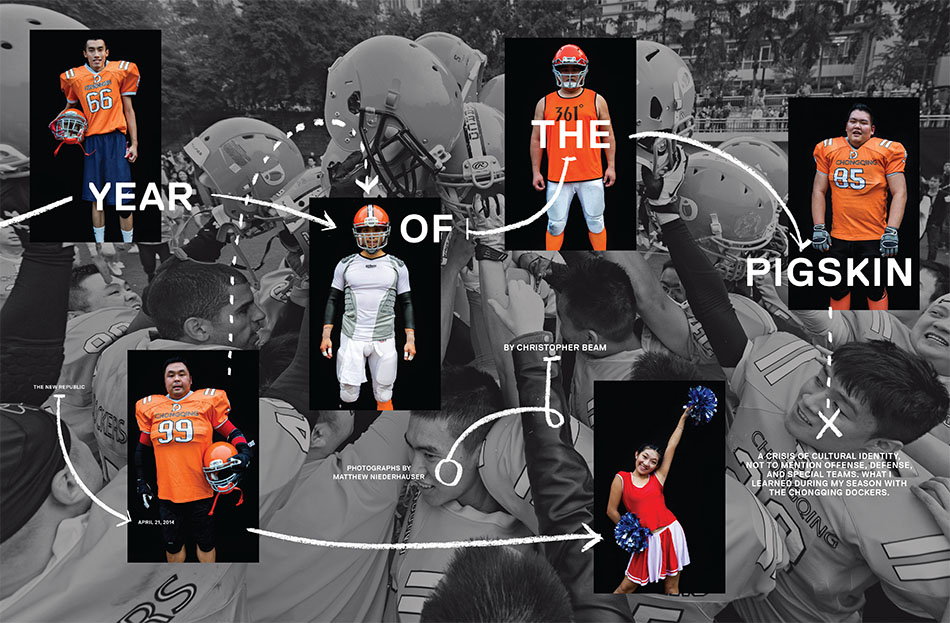
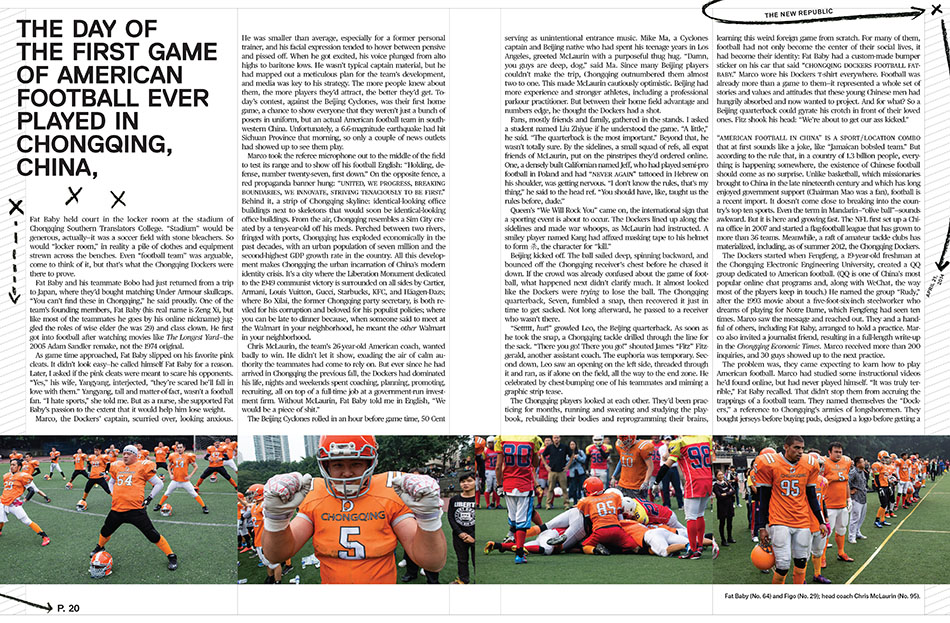
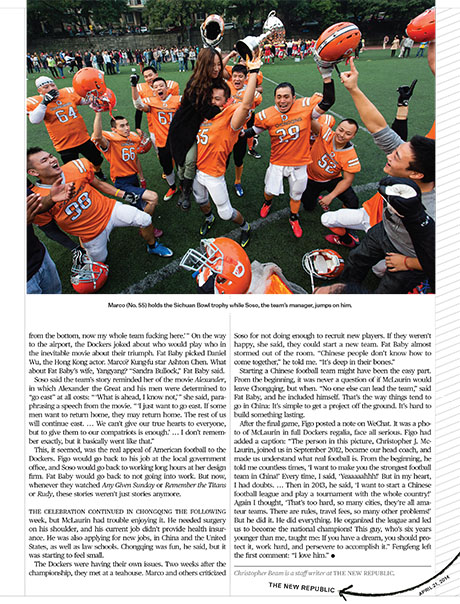
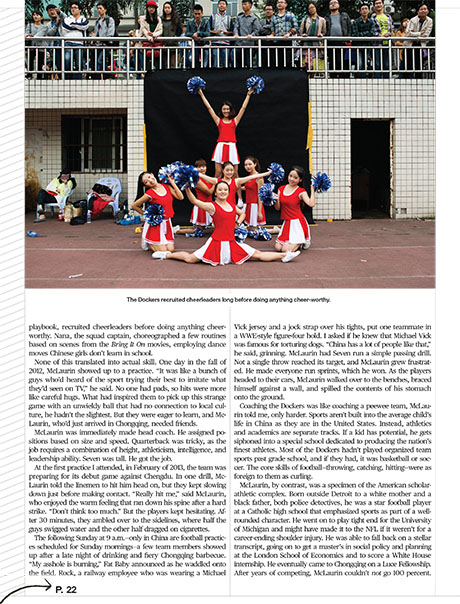
Oct 13, 2013 | Society
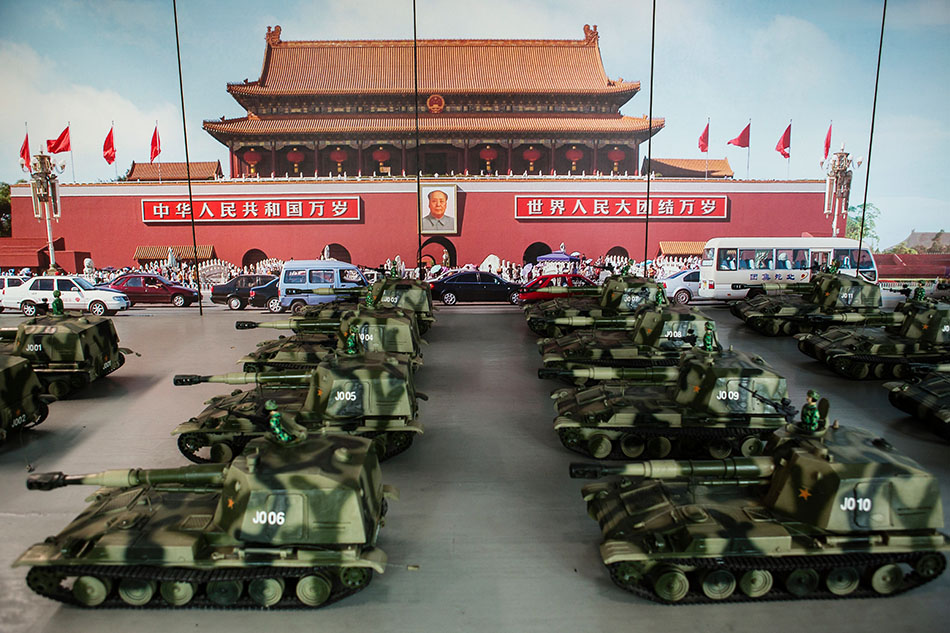
The military parade for the sixtieth anniversary of the founding of the People’s Republic of China was held on October 1, 2009. It took months of preparation. Over 10,000 troops and all manner of tanks, artillery, missiles, and aircraft processed down the Avenue of Eternal Peace with Chinese Communist Party leaders observing from Tiananmen Gate. The highly coordinated spectacle was one of the largest demonstrations of China’s growing military strength to date, clearly signaling the country’s intentions to take its place amongst the great world powers. The grand symbolic gesture was then immortalized in military museums and theme parks around China, but none more so than the Hengdian National Defense Technology Education Park. It displays an exact replica of every soldier, vehicle, and aircraft that took part in the march. Many of them sport distinguishing features like the Terracotta warriors that still stand testament to the armies of Qin Shi Huang, the first emperor of China. The massive diorama stretches for hundreds of meters and celebrates a militant nationalism that continues to seep into the core of Chinese society. China’s emergence as a world power is seen by many as a rightful status reclamation after centuries of humiliation at the hands of the West and other neighboring countries. There is little to stop them either.
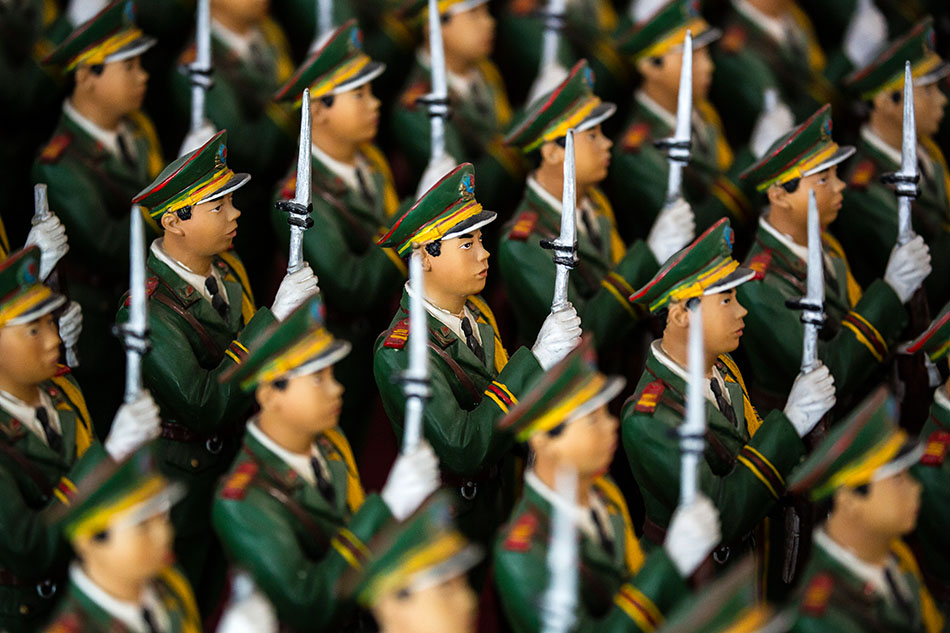
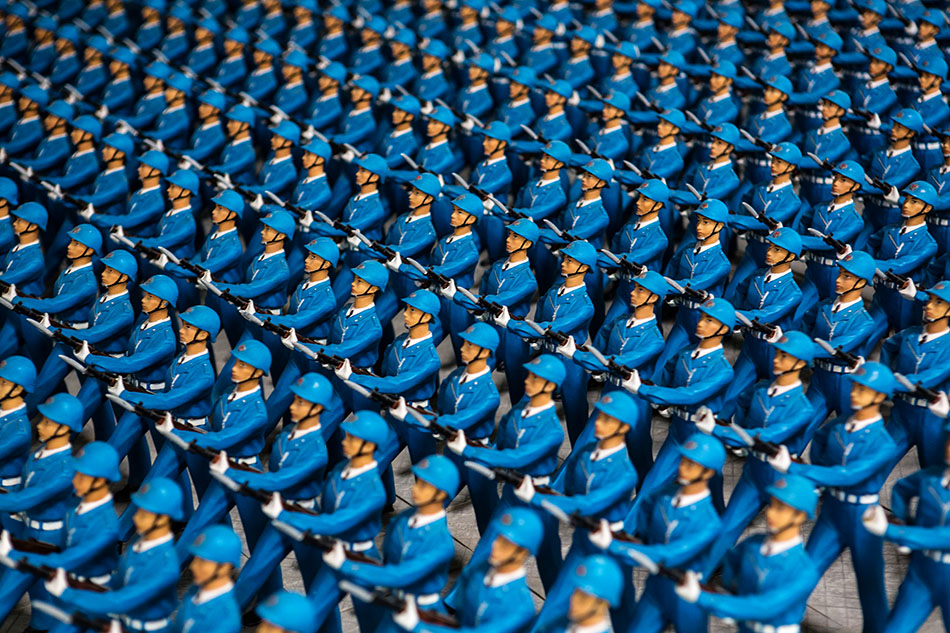
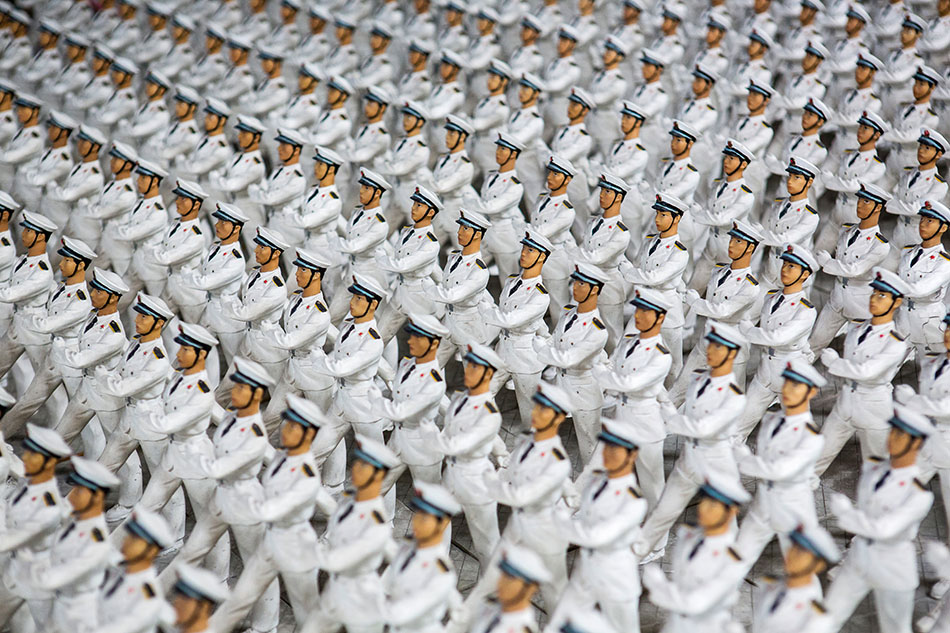
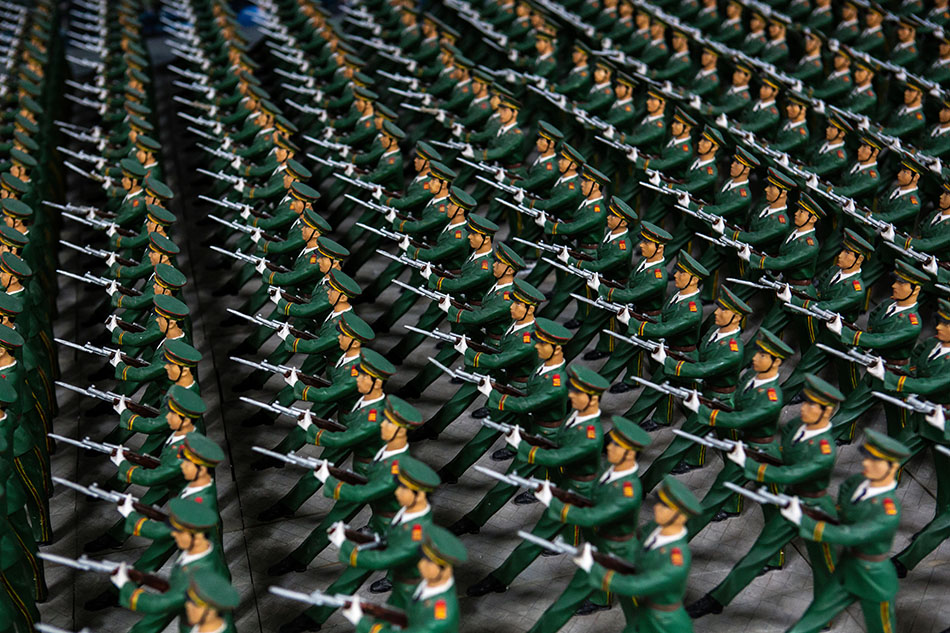
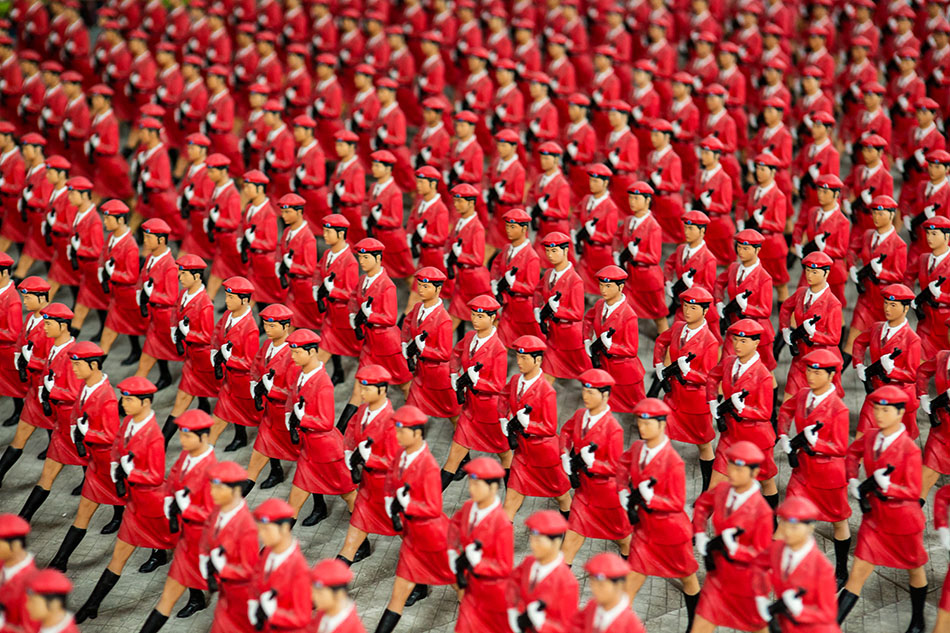
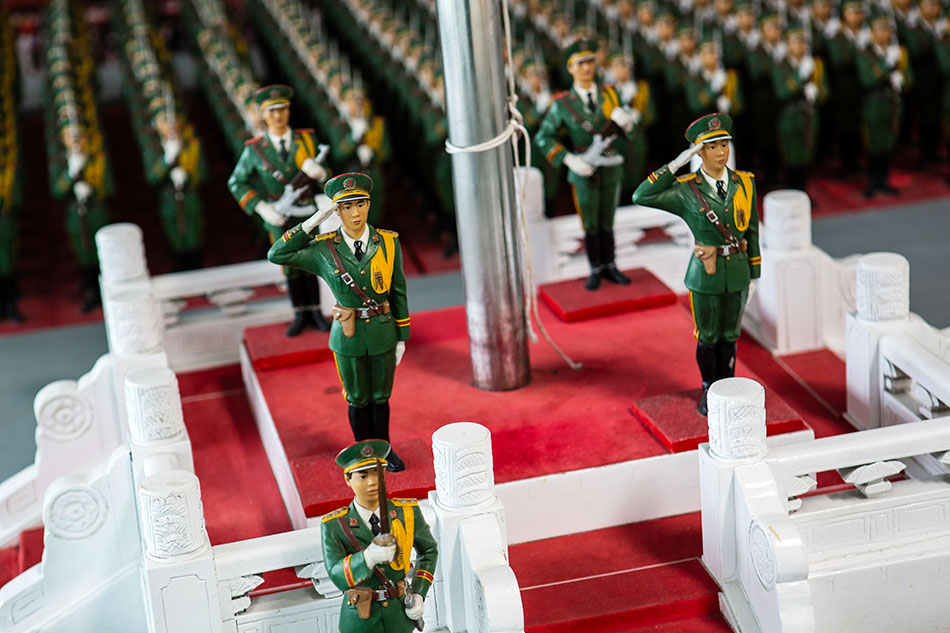
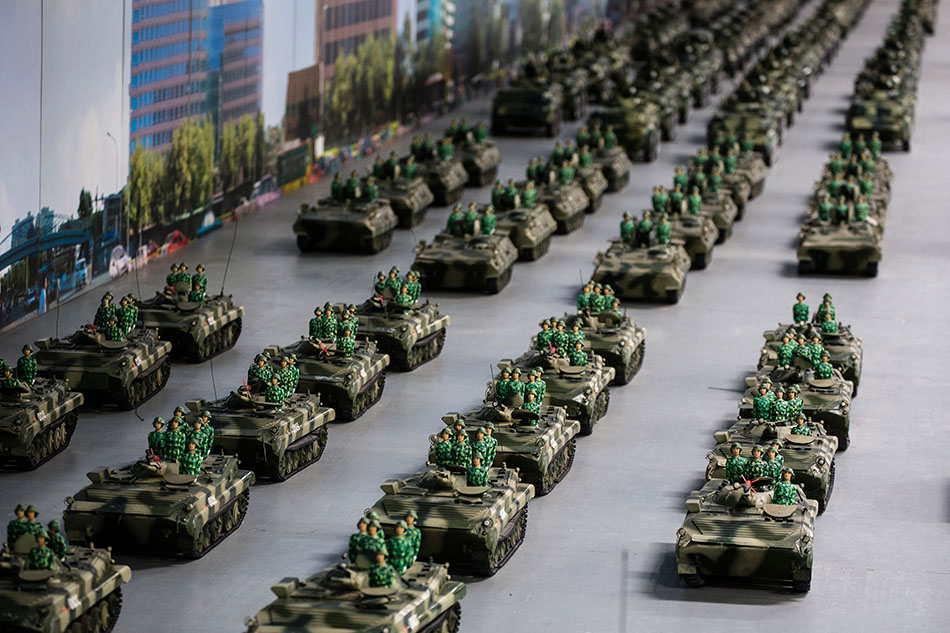
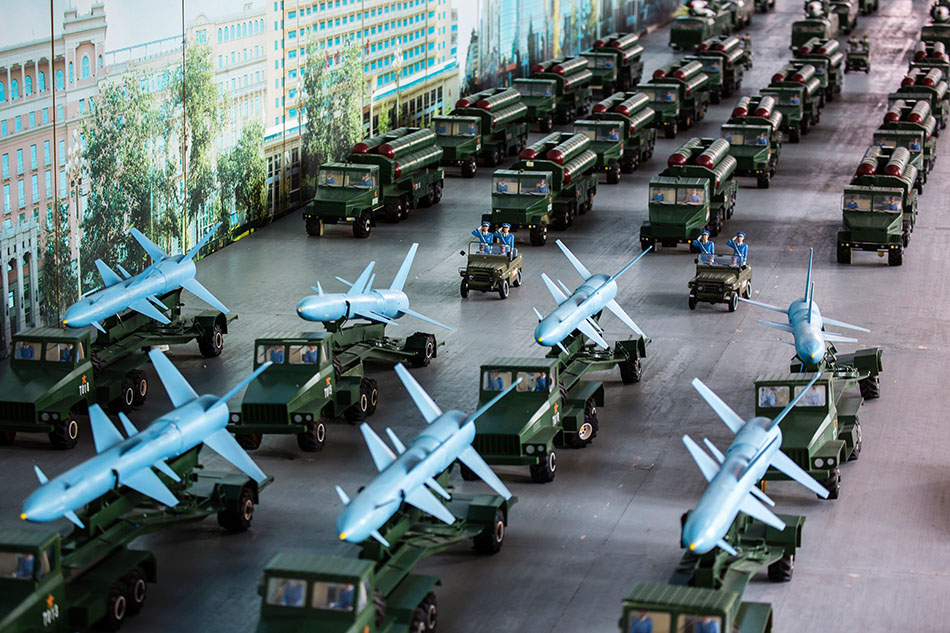
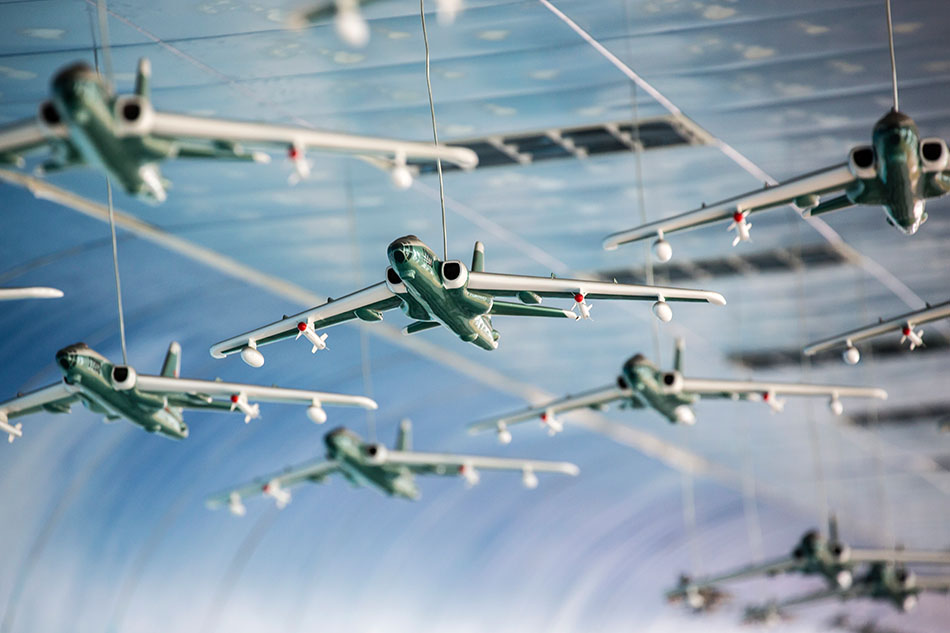
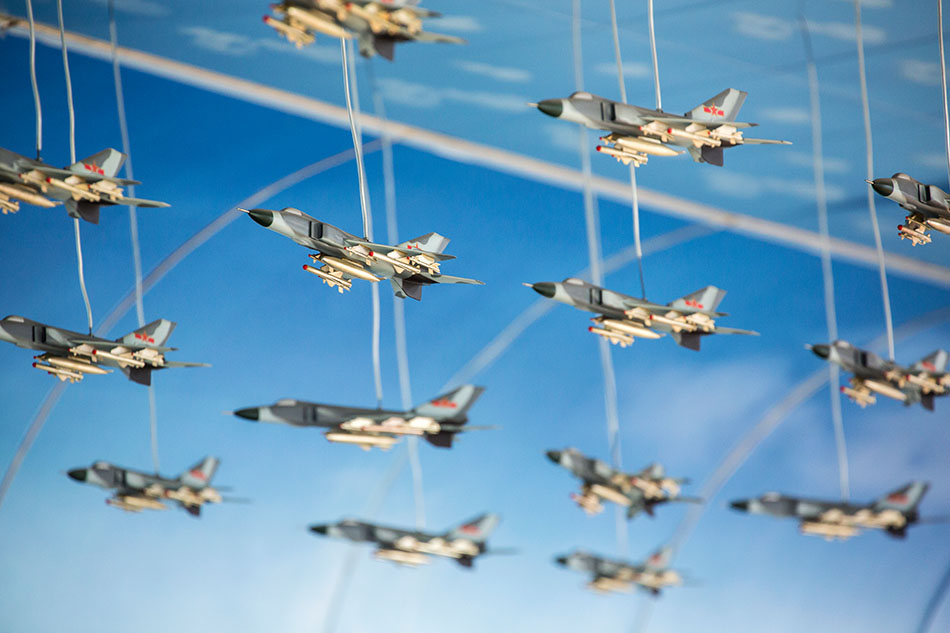
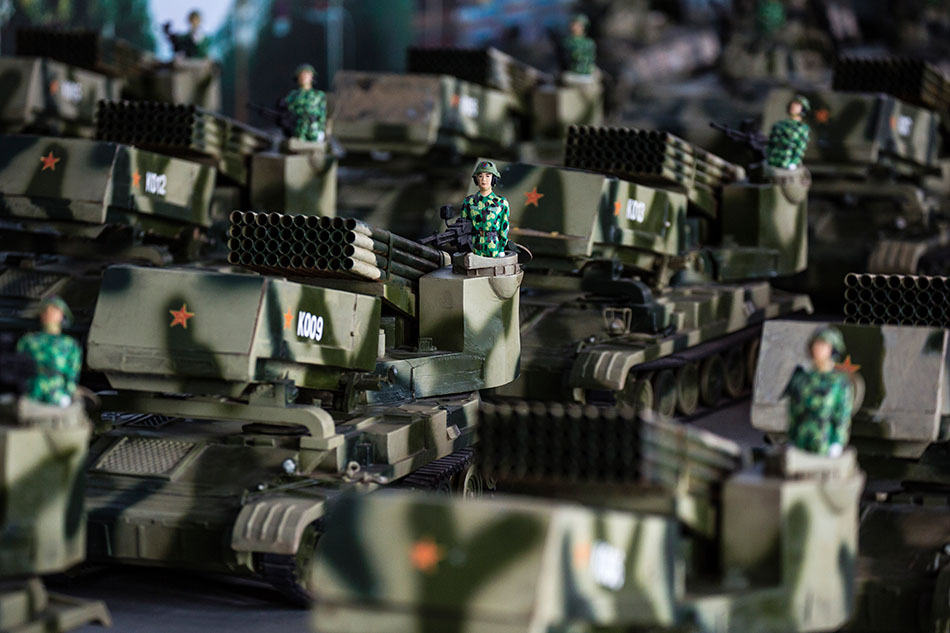
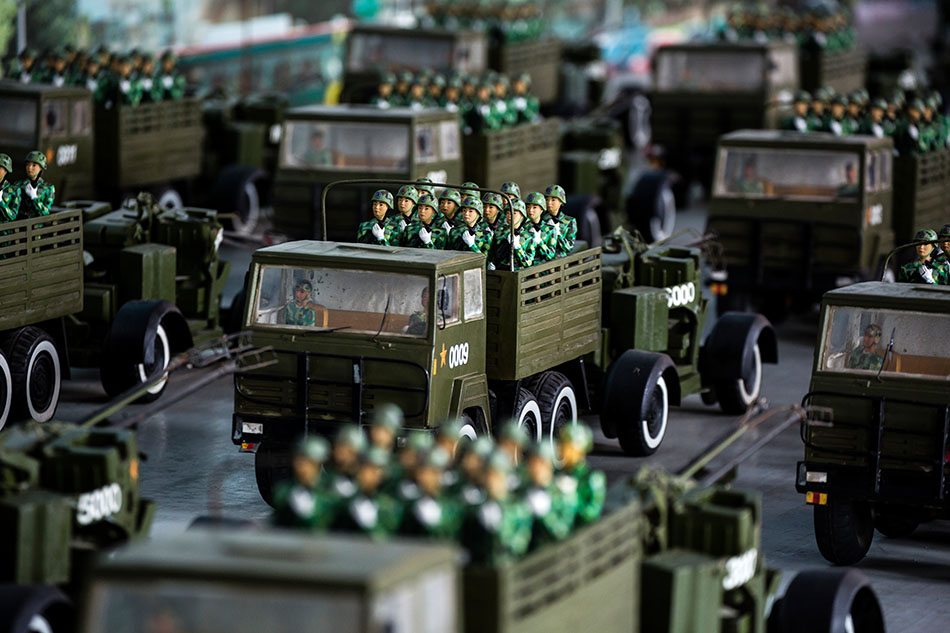
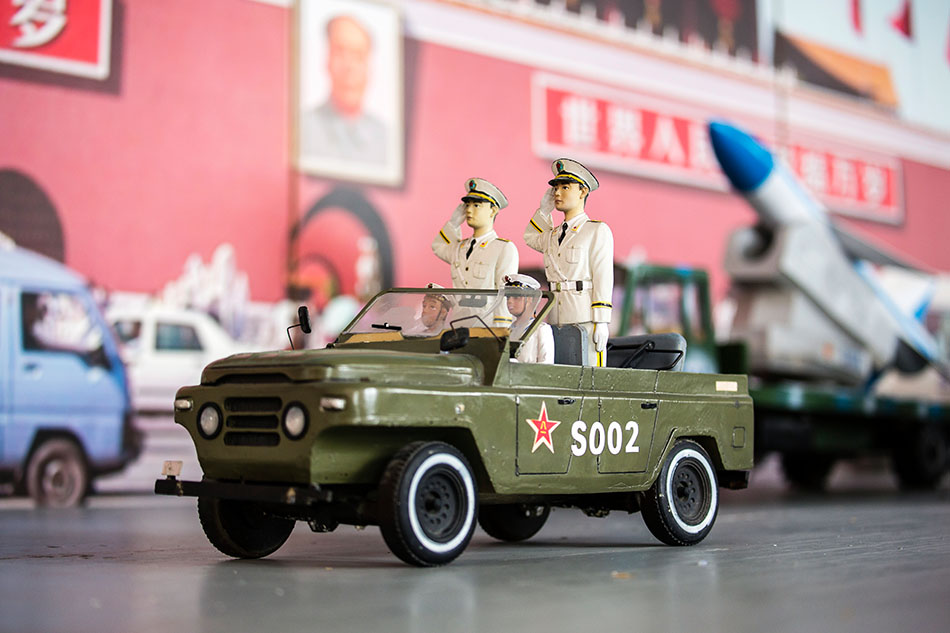
Mar 4, 2013 | Counterfeit Paradises, Society, Uncategorized

Chinese nationalism continues to peak with the country’s emerging status as a world power, even if its military technology remains decades behind other nations. In 2012 the People’s Liberation Army christened its first aircraft carrier, the Liaoning, which in actuality is a retrofitted Soviet aircraft carrier, the Varyag. Right now the Liaoning is still years away from being fully operational. It was only recently that a Chinese-manufactured J-15 fighter jet successfully landed on and took off from the aircraft carrier. In open battle the Liaoning would be a large, rather useless, sitting target, but symbolically it is still very potent. Such ex-Soviet aircraft carriers also see other uses in China, including the Minsk, which is now part of the Minsk World military theme park near Shenzhen. Here Chinese patrons can wander exhibits extolling the prowess of the People’s Liberation Army and indulge in other martial fantasies. It is the perfect place to fantasize about China’s future military potential, especially with all the saber rattling occurring over the Diaoyu Islands.
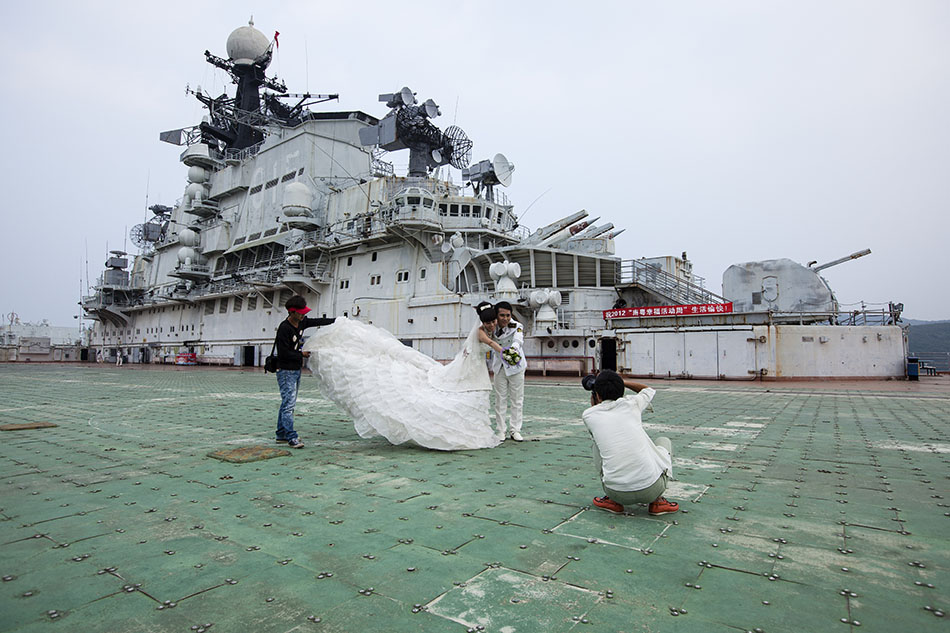

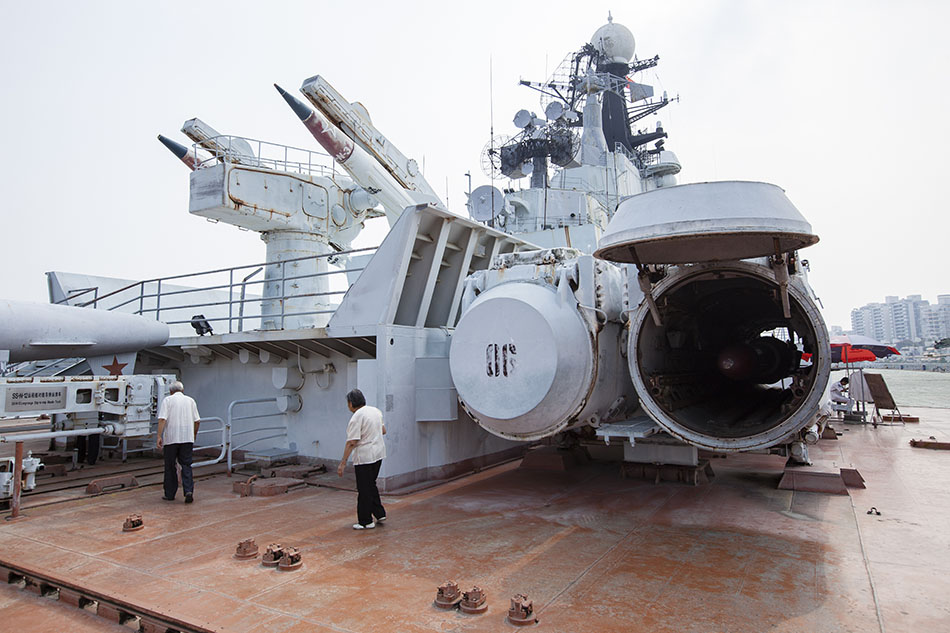
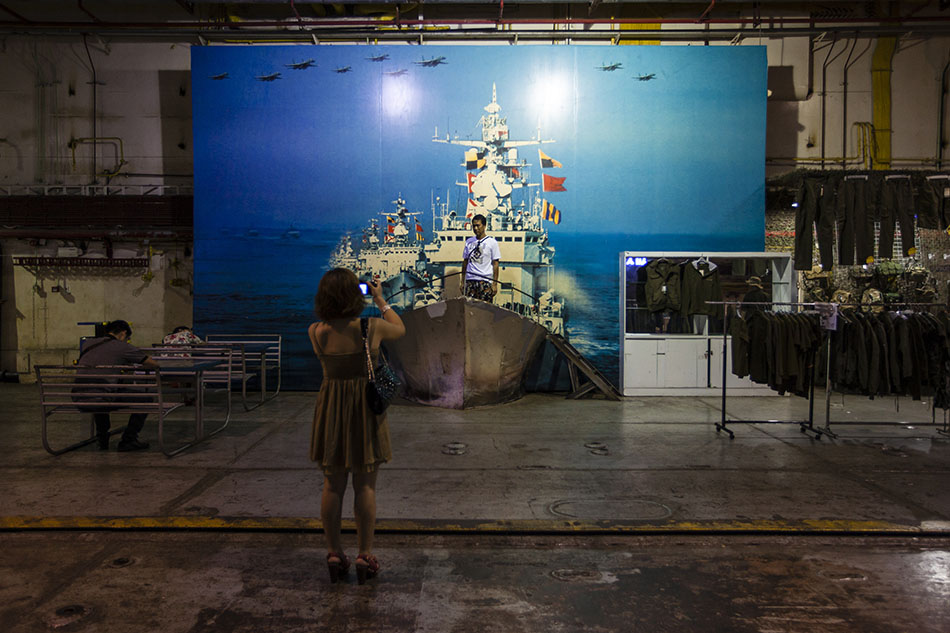
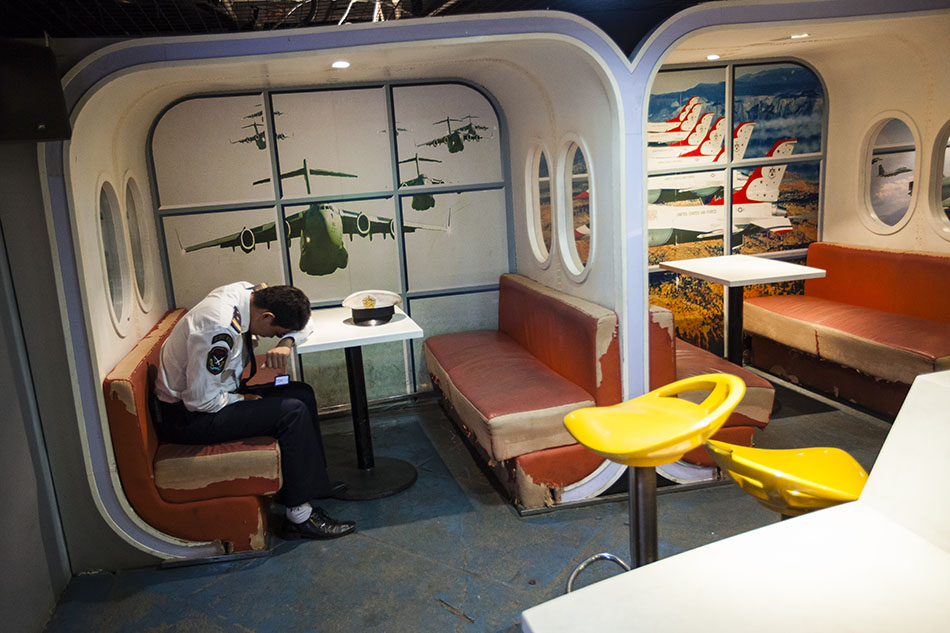
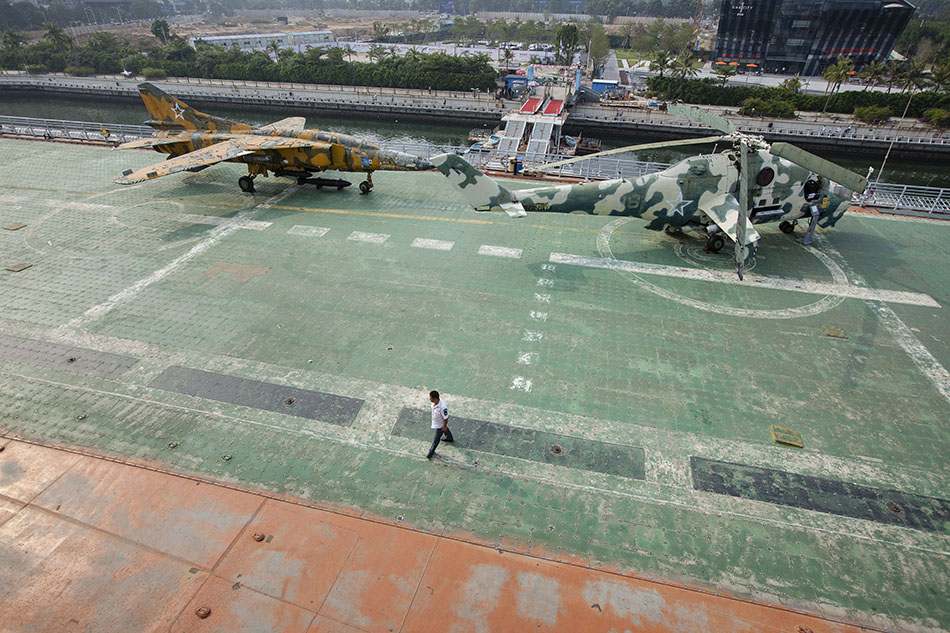

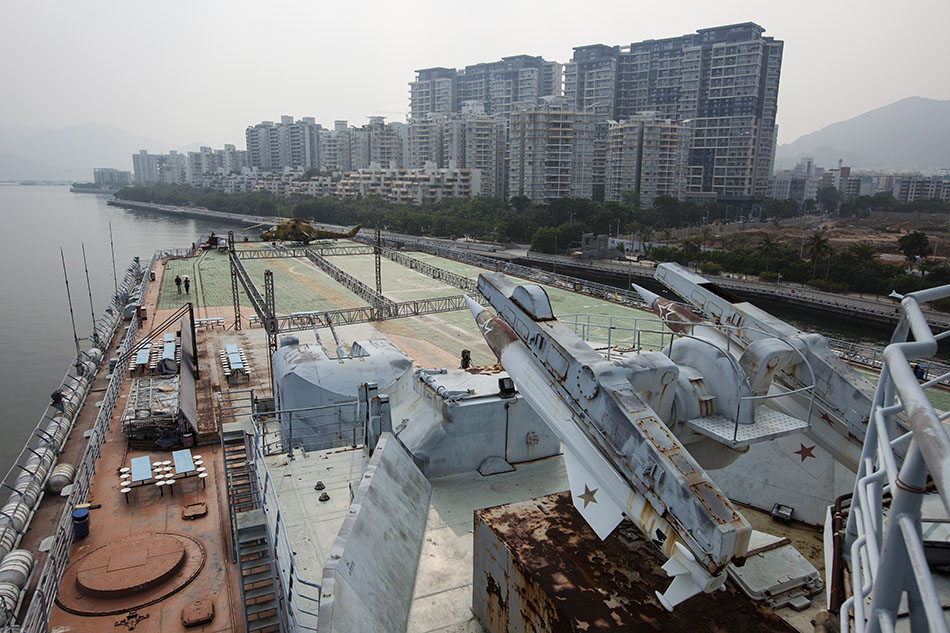
Apr 6, 2012 | Clippings, Consumerism, Counterfeit Paradises, Development, Society
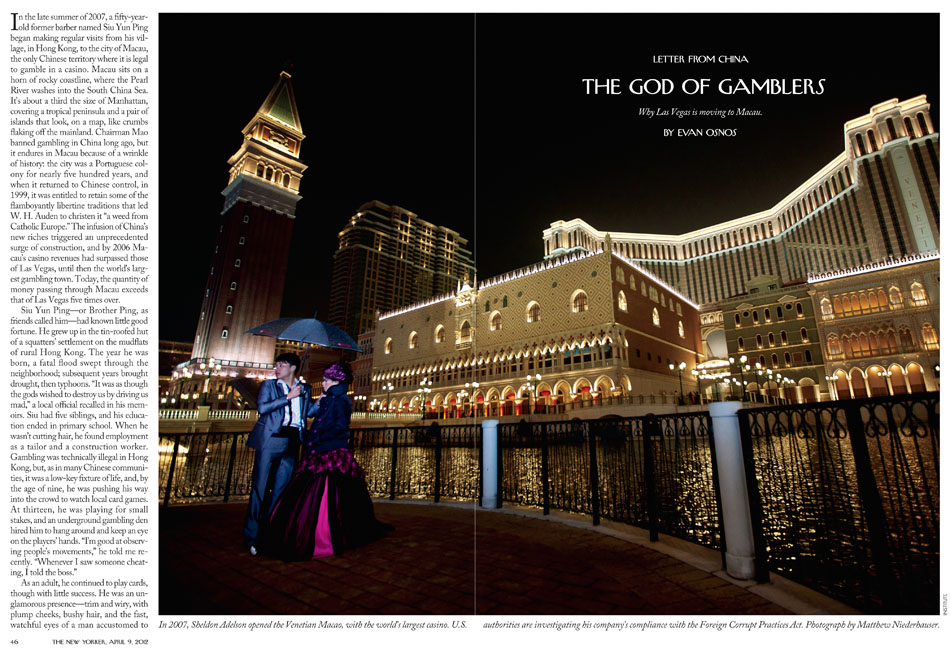
Macau looms large on the iniquitous edges of Asia. It is a city of sin: filled with casinos, prostitutes and any other vice or luxury one could imagine. In many ways this is business as usual. Trafficking of women and general skullduggery date back to the earliest days of the Portuguese colony at the turn of the 16th century. Now the stakes are much higher though, and for many visitors, money is not an object. Macau currently draws the biggest “whales” in the world and most of these high rollers come straight out of mainland China. The increase in gambling revenues in Macau is unprecedented. Galaxy Entertainment tripled its profits during 2011, and the entire casino industry is already up 20% in the first quarter of this year compared to last. Macau outperforms the Las Vegas Strip nearly six times over and there is no end in sight.
The already outrageous revenues posted by Macau casinos also appear to be the tip of the iceberg. It is largely acknowledged that a massive amount of cash moves through V.I.P. gambling rooms where high-stake bets are off the books. No one knows how deep that well goes. Money laundering and connections to triads run rampant through the “junkets” who shuttle wealthy mainland Chinese gamblers into Macau and collect their debts elsewhere in order to bypass currency limitations at the border. Macau is riding the tails of China’s economic boom and catering to the extravagant tastes of the Chinese nouveau riche looking to flex their often illicit financial muscles.
At the top of the pyramid are two of the world’s richest men: Steve Wynn and Sheldon Adelson (also the largest contributor to Newt Gingrich’s campaign efforts). Both are in heated competition to rule Macau as their fortunes continue to skyrocket despite serious allegations of corruption and a spotty track record. A WikiLeaks spinoff called CasinoLeaks – Macau offers up condemning fare based on collected public records. Be sure to read Evan Osnos’ article in The New Yorker that features my photography. He does an amazing job navigating this intricate web of sordidness. More photographs that didn’t make the cut can be seen below.
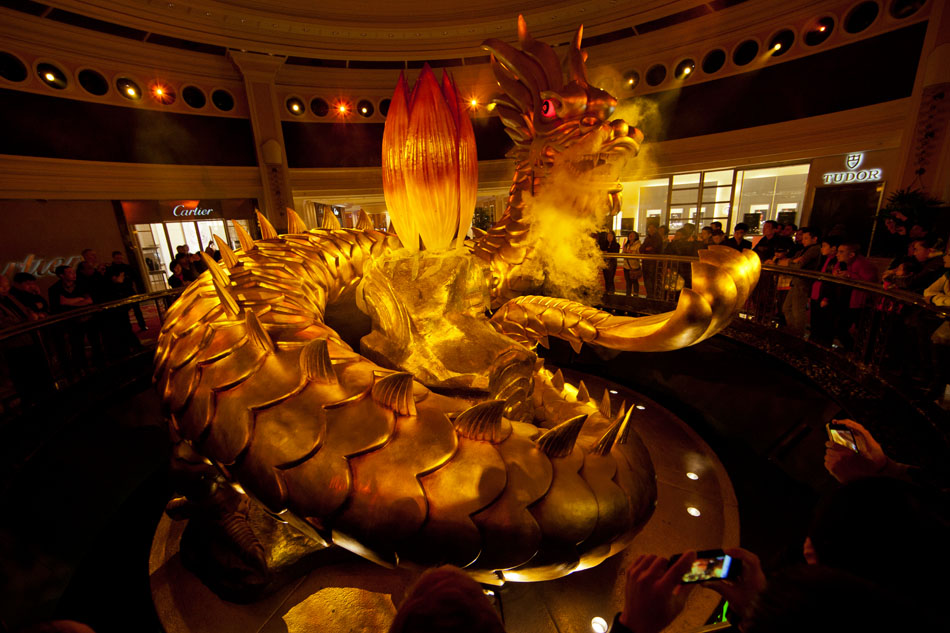

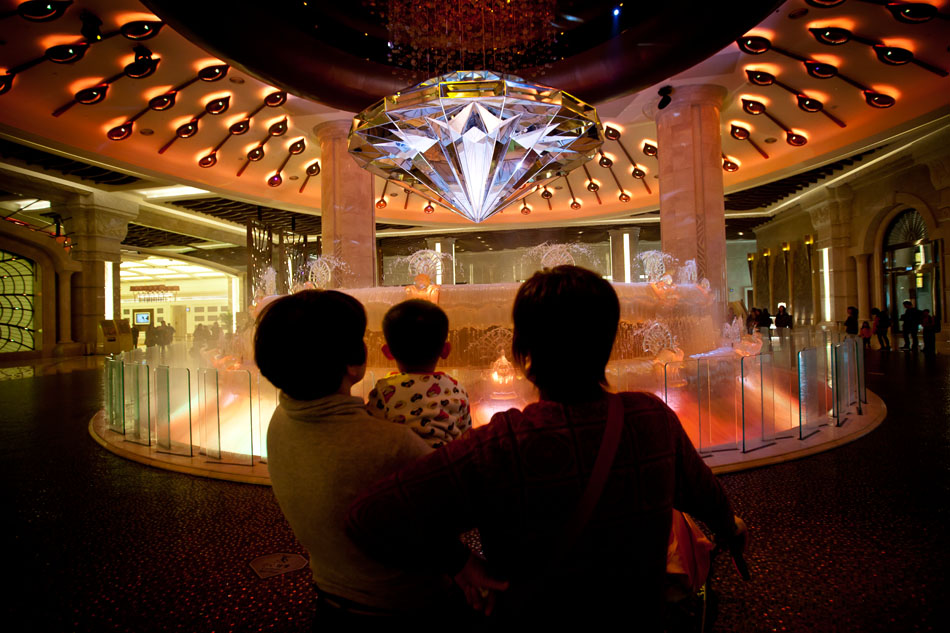
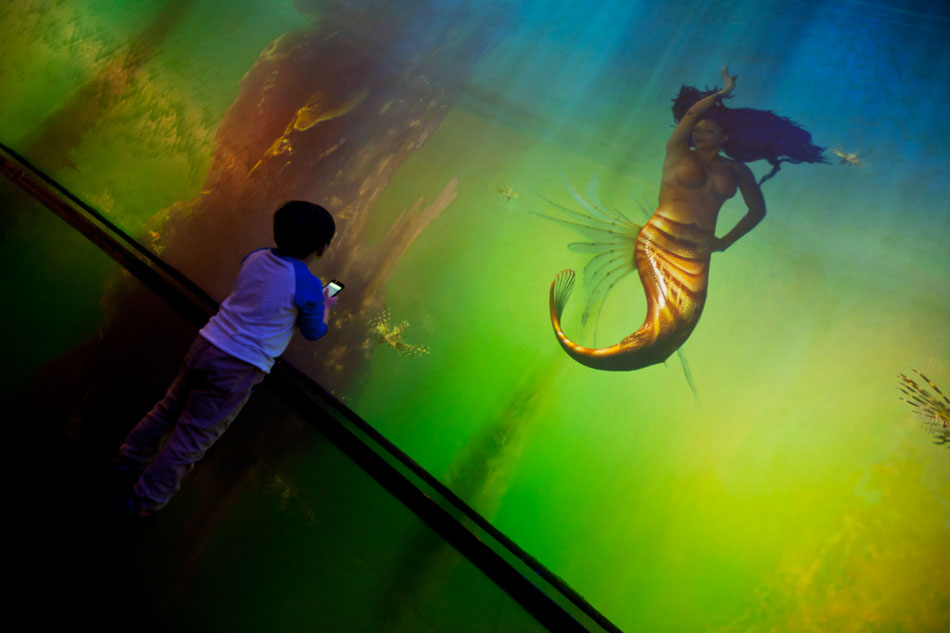
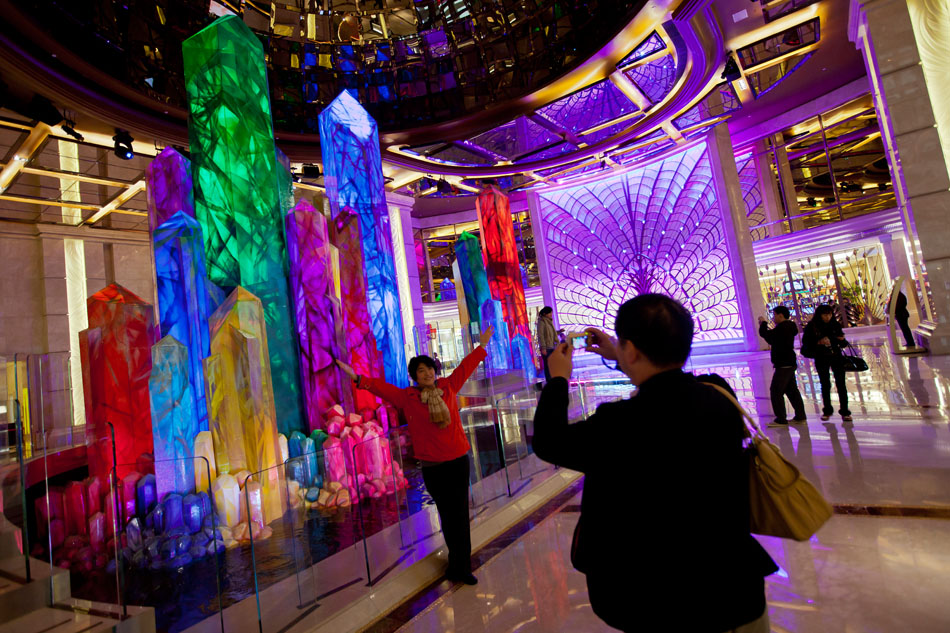
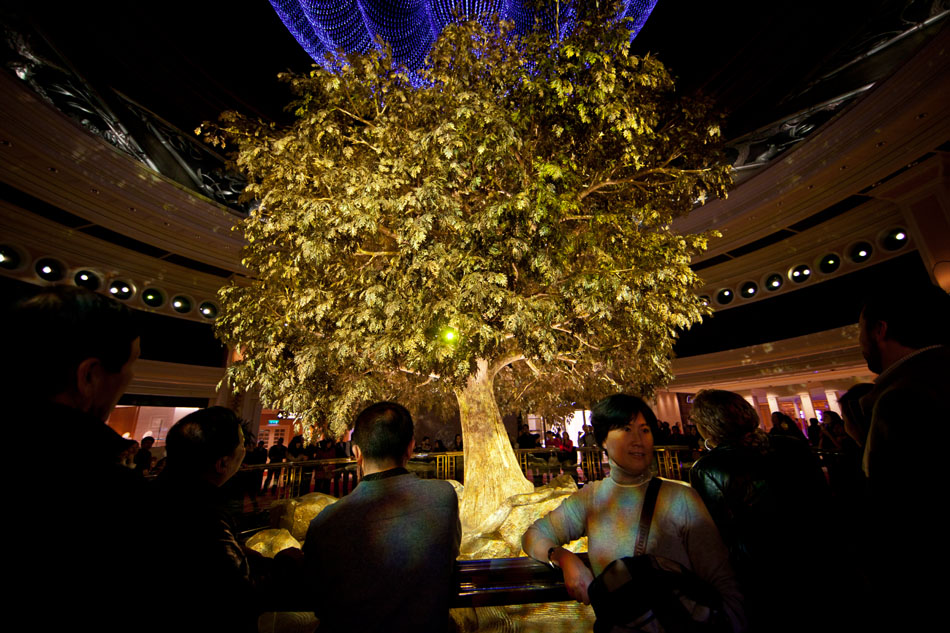
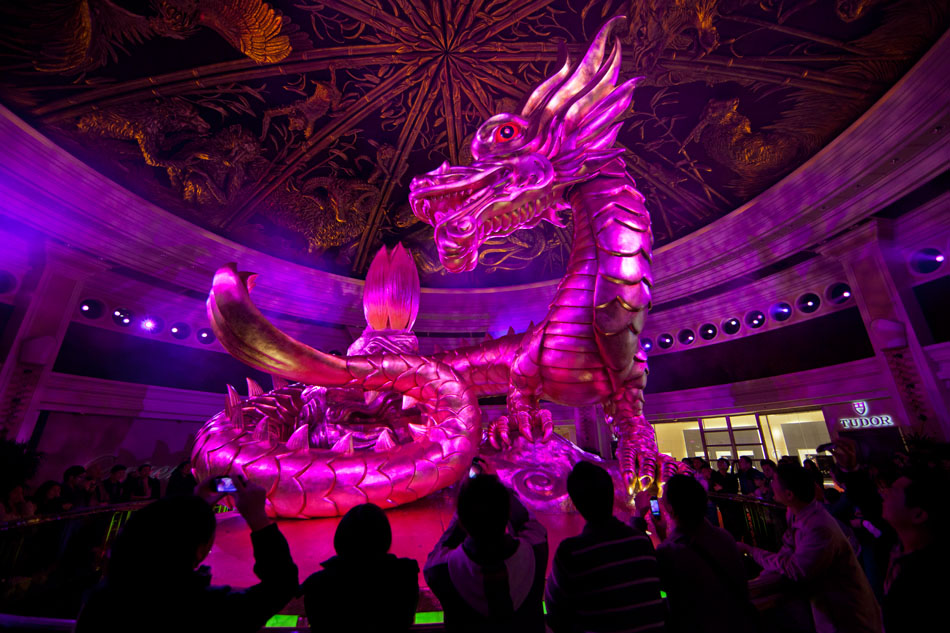
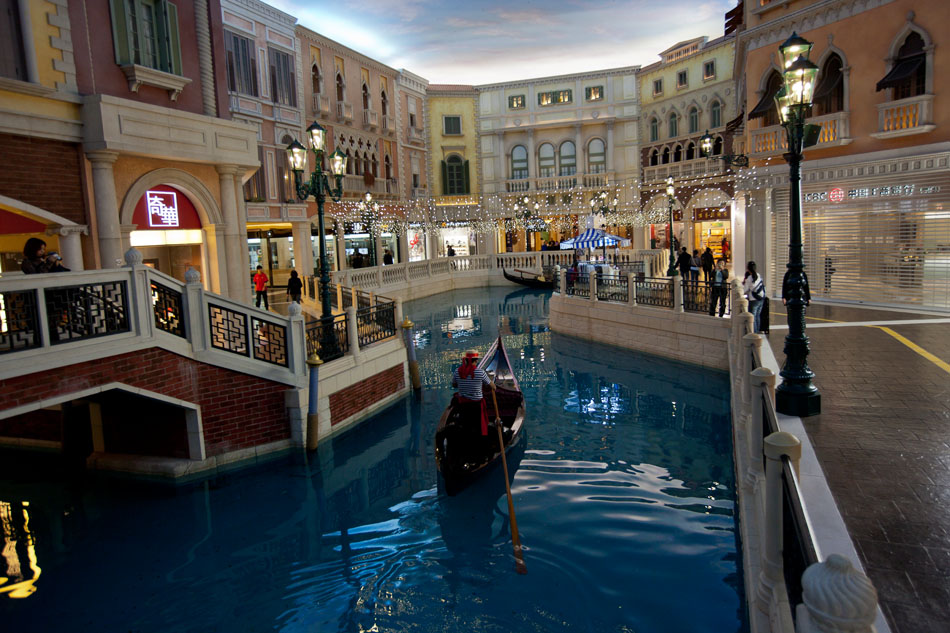

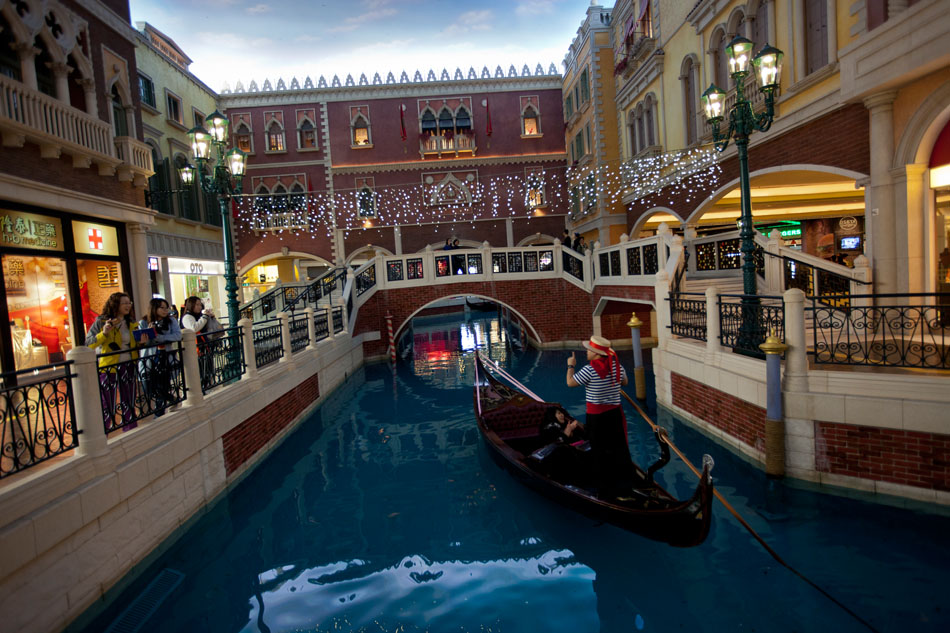
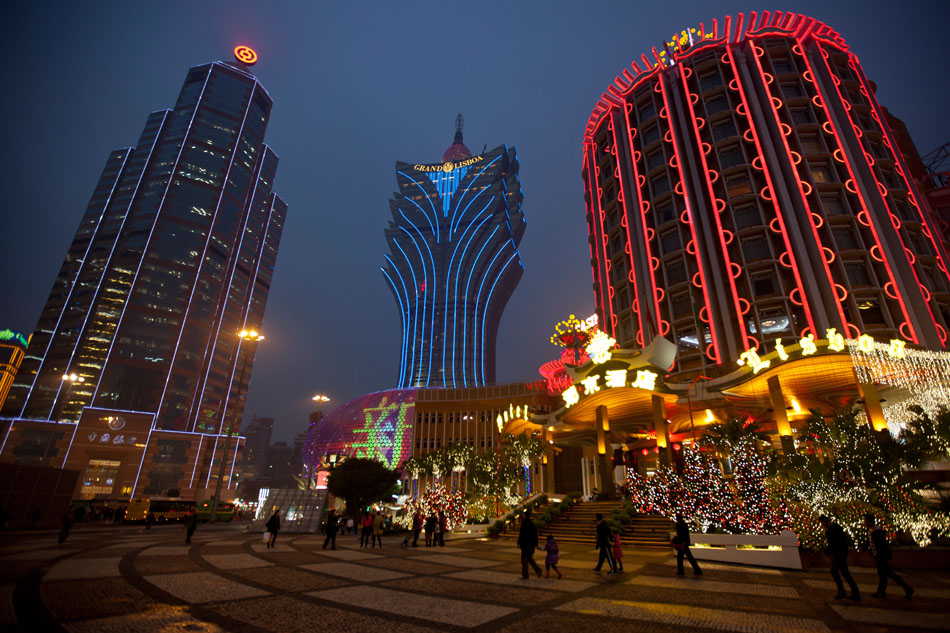
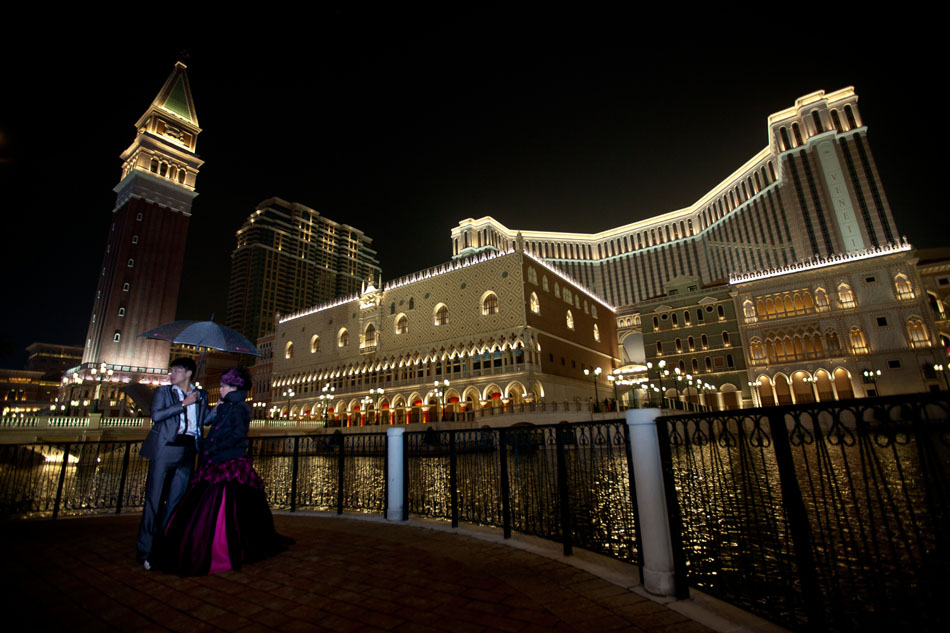
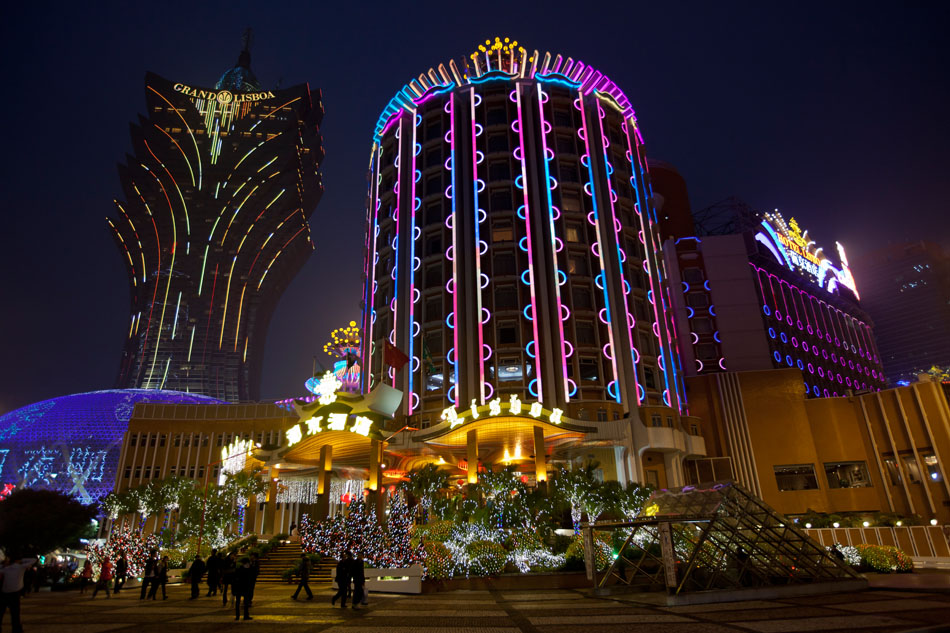
Jan 26, 2012 | Counterfeit Paradises, Society, Travel
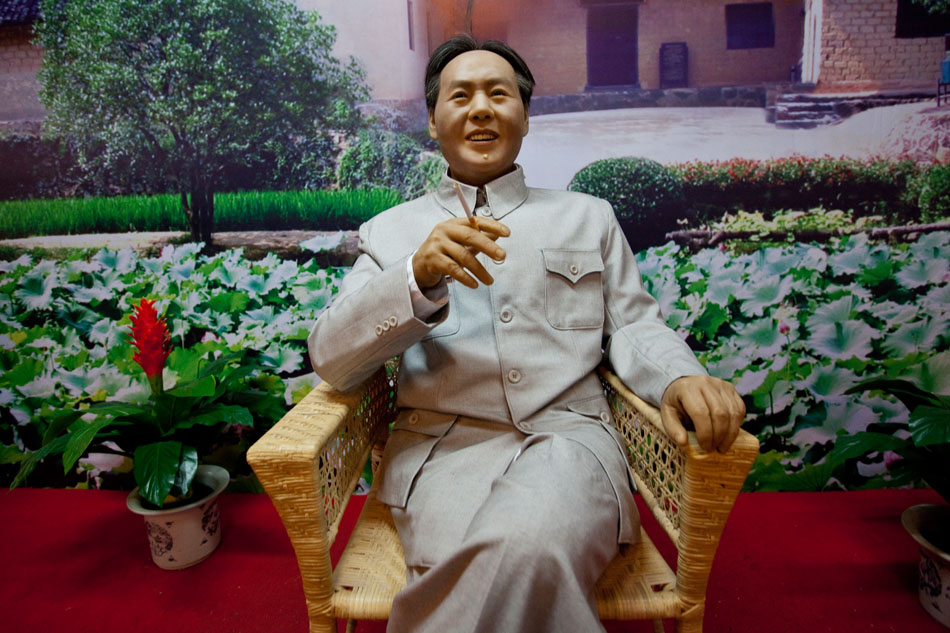
This is the second of a series of posts detailing the bourgeois practices of nouveau-riche, communist-heritage pilgrims who possess expectations and consumer desires that seem at odd with the core ideologies of the founding fathers of the Chinese Revolution. Armed with cash and a new sense of leisure, most of these fledgling tourists first make their way to Shaoshan/韶山, the birthplace of Mao Zedong. A slew of “red” products and trinkets are available around every corner even in the face of sincere reverence for founding Chinese Communist Party leaders that borderlines on idolization. Elderly tourists kowtow to statues of Mao Zedong while company retreats sing “red” songs and pledge oaths. These blind followers make easy prey for egregious tourist traps such as the Shao Yue Palace Maoist Family History Show, where attendants usher punters into Mao Zedong veneration halls, hand out lucky ornaments, ask them to bow to a Mao Zedong statue three times and then try to charge them for the “blessed” ornaments. Some estimate the value of the entire “red” industry at $1.5 billion dollars and Mao Zedong’s hometown is at the epicenter. Also check out the last post in the series on “The Defense of Yan’an” reenactment.
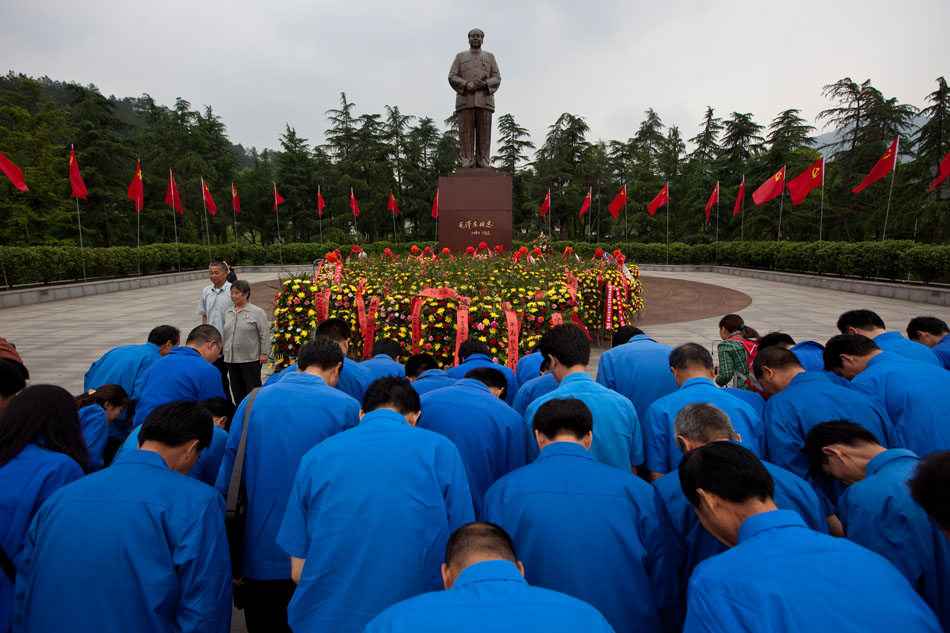
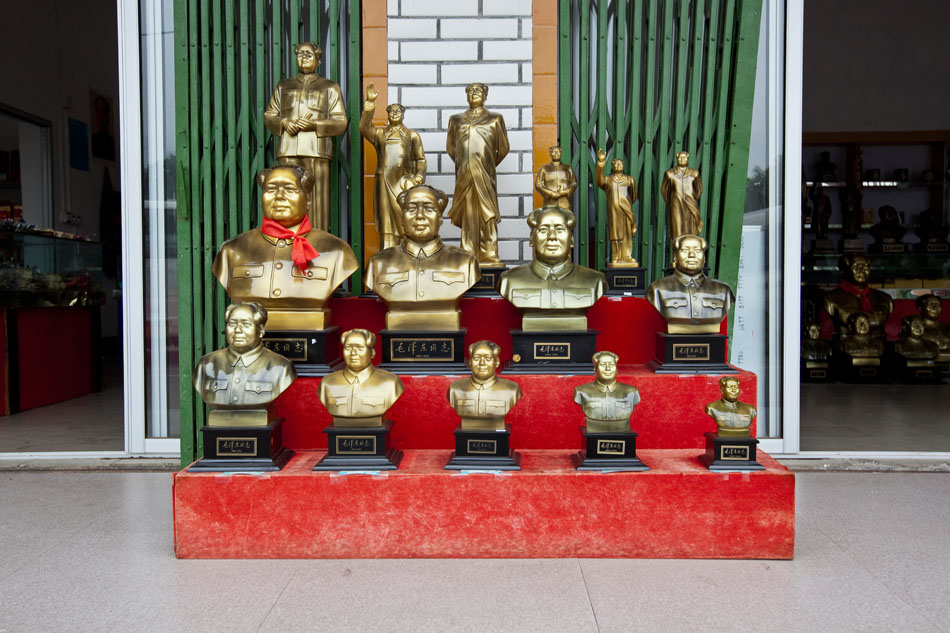
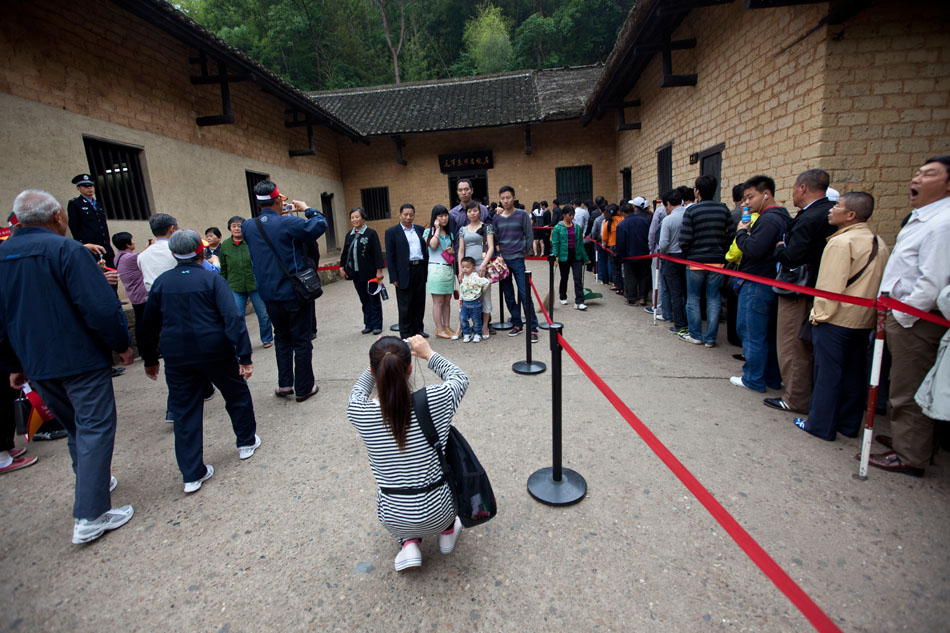
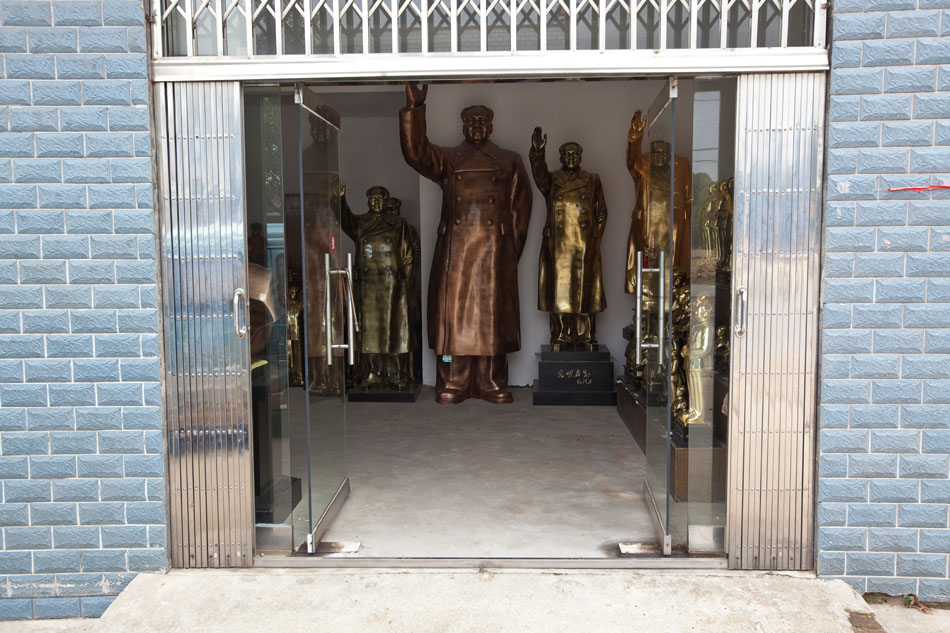
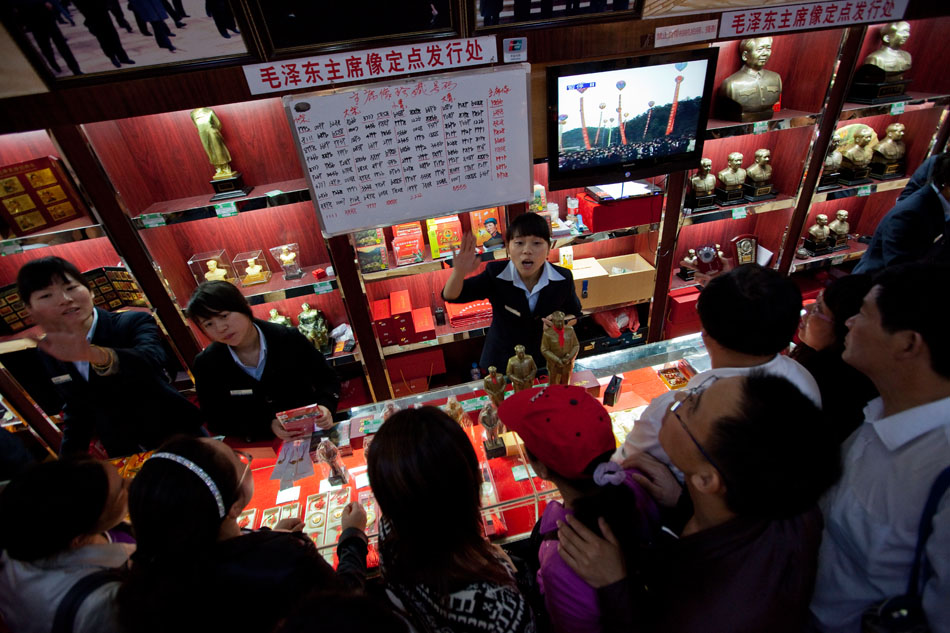
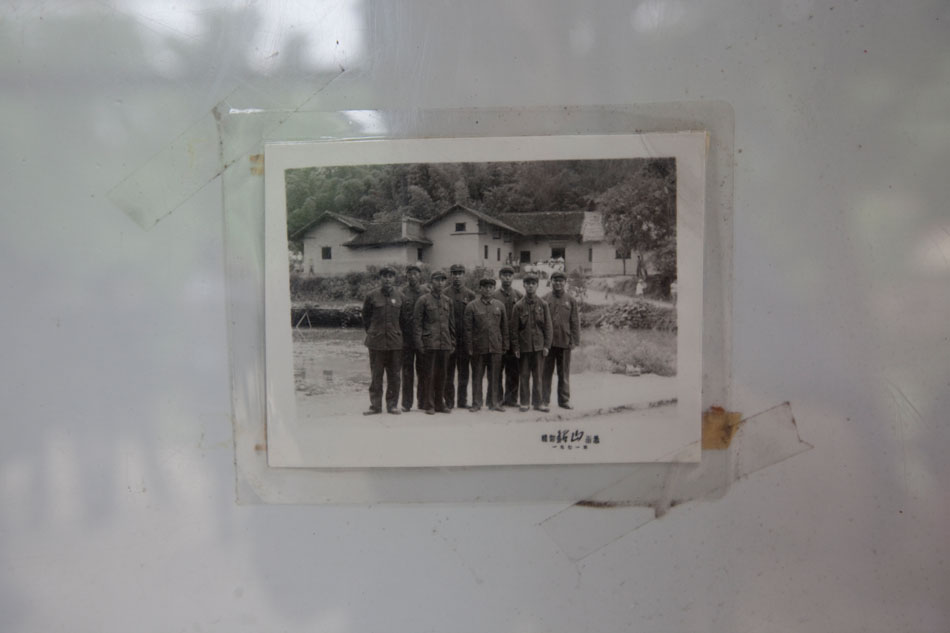
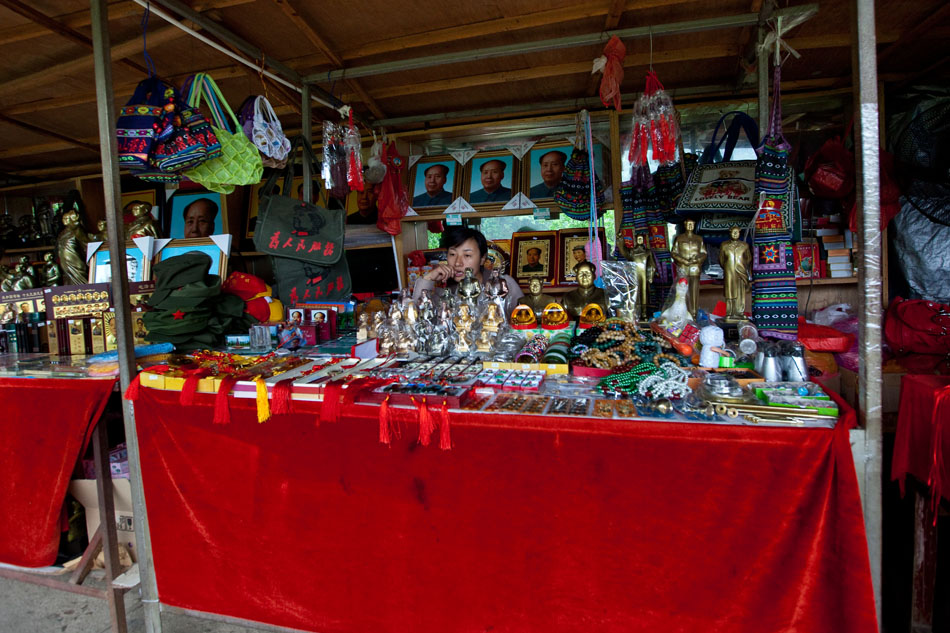
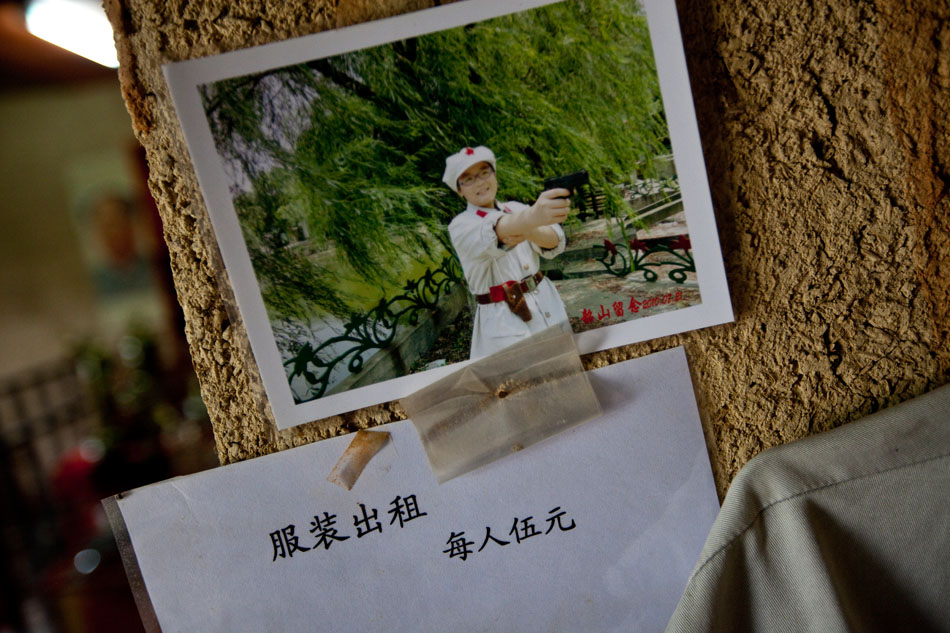
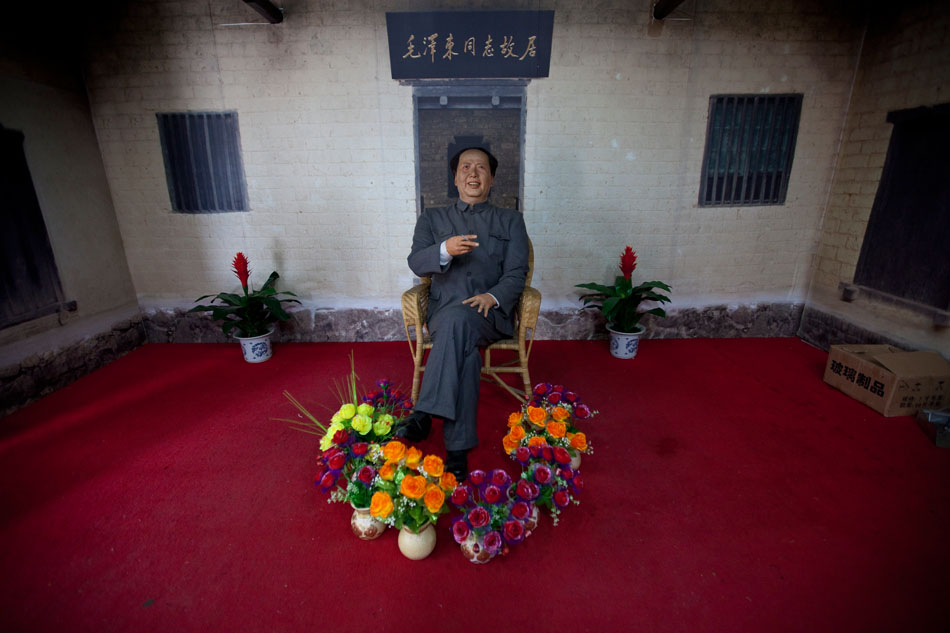
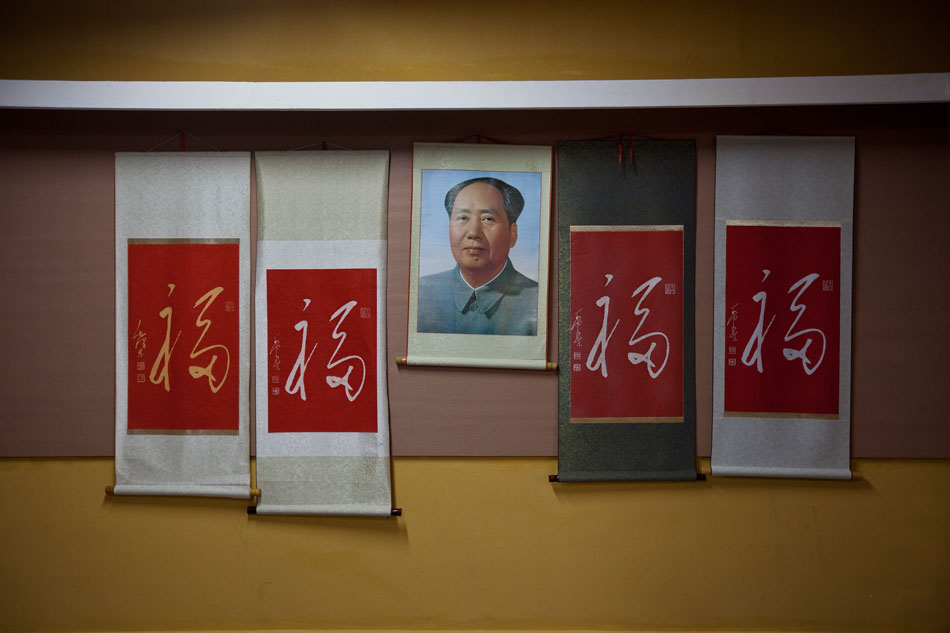
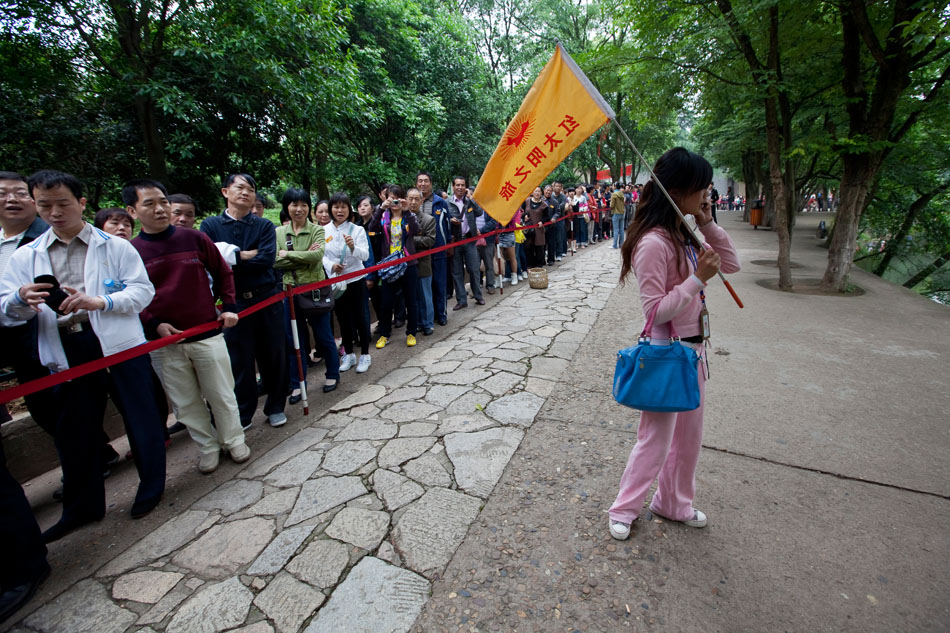
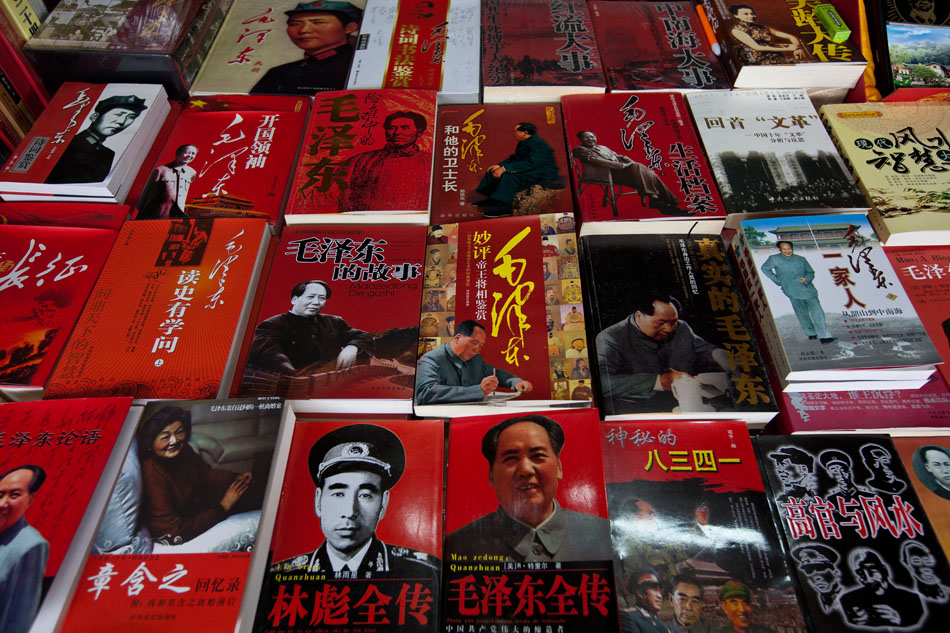
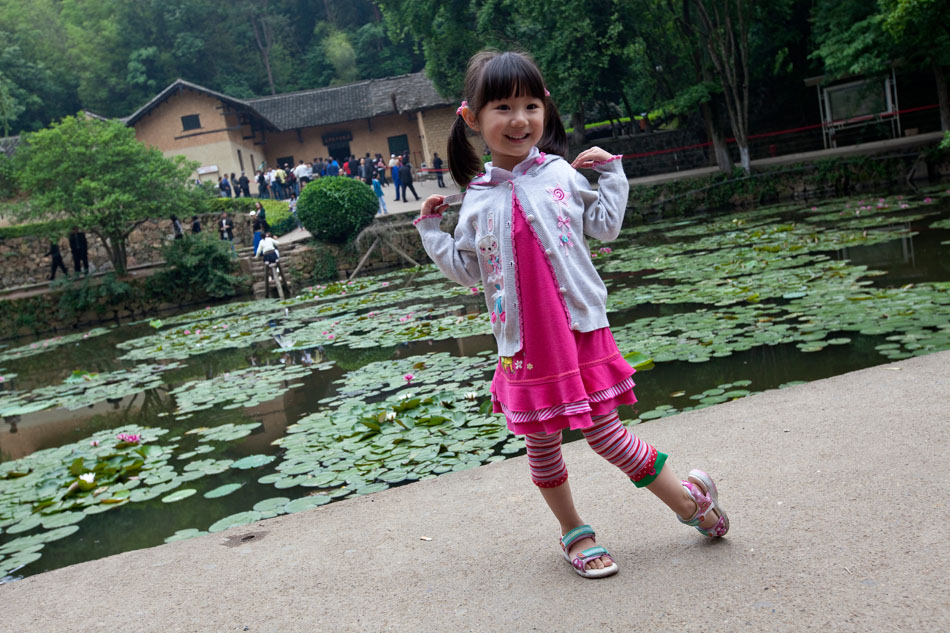
Oct 30, 2011 | Counterfeit Paradises, Society
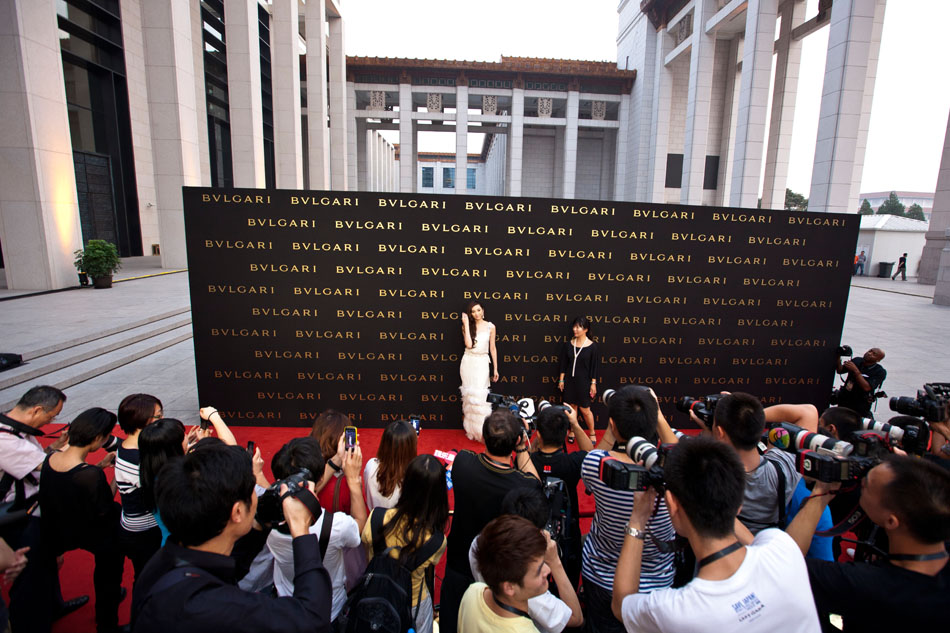
After a four-year, $380 million refurbishment, the National Museum of China finally opened its doors to the public as the largest exhibition space on the planet, beating out both the Louvre in Paris and the Hermitage in St. Petersburg. Even though now touted as one of the world’s premiere cultural institutions, it has failed to impress either international or domestic visitors with it’s shrill depiction of the history of the Chinese Communist Party in its centerpiece “The Road of Rejuvenation” exhibition. Key epochs such as the Great Leap Forward and Cultural Revolution are left out of its glossy displays and poorly translated placards. Still, such a propagandistic history of modern China was expected in the first place. What really shocked many visitors was the blatant commercialization of the National Museum of China within its first two design exhibitions: “Louis Vuitton Voyages” and “Bulgari: 125 Years of Italian Magnificence.” Museum directors claim such exhibitions are revitalizing interest in the space, but it is more a sellout at the heart of the nation a stone’s throw from Mao Zedong’s tomb. Critics remain baffled as to how such a key cultural institution could blatantly promote such crass consumerism, especially surrounding the 90th anniversary of the Chinese Communist Party which was also linked to an exhibition of historical paintings adjacent to vintage Louis Vuitton trunks and sparkling Bulgari jewels. Such opulent items stand counter to the core ideologies of the founding fathers of the Chinese Communist Party celebrated a short distance away, as well as the core mission of the museum itself that is purportedly dedicated to promoting Chinese culture instead of foreign luxury brands. These photographs juxtapose the “The Road of Rejuvenation” and “Masterpieces of Modern Chinese Fine Arts” exhibitions advocating the socialist roots of the Chinese Communist Party with the champagne-fueled openings of the “Louis Vuitton Voyages” and “Bulgari: 125 Years of Italian Magnificence” exhibitions. Such paradoxes stand at the center of the Chinese Communist Party’s attempts to rectify its embrace of rampant free-market consumerism with its socialist heritage.
